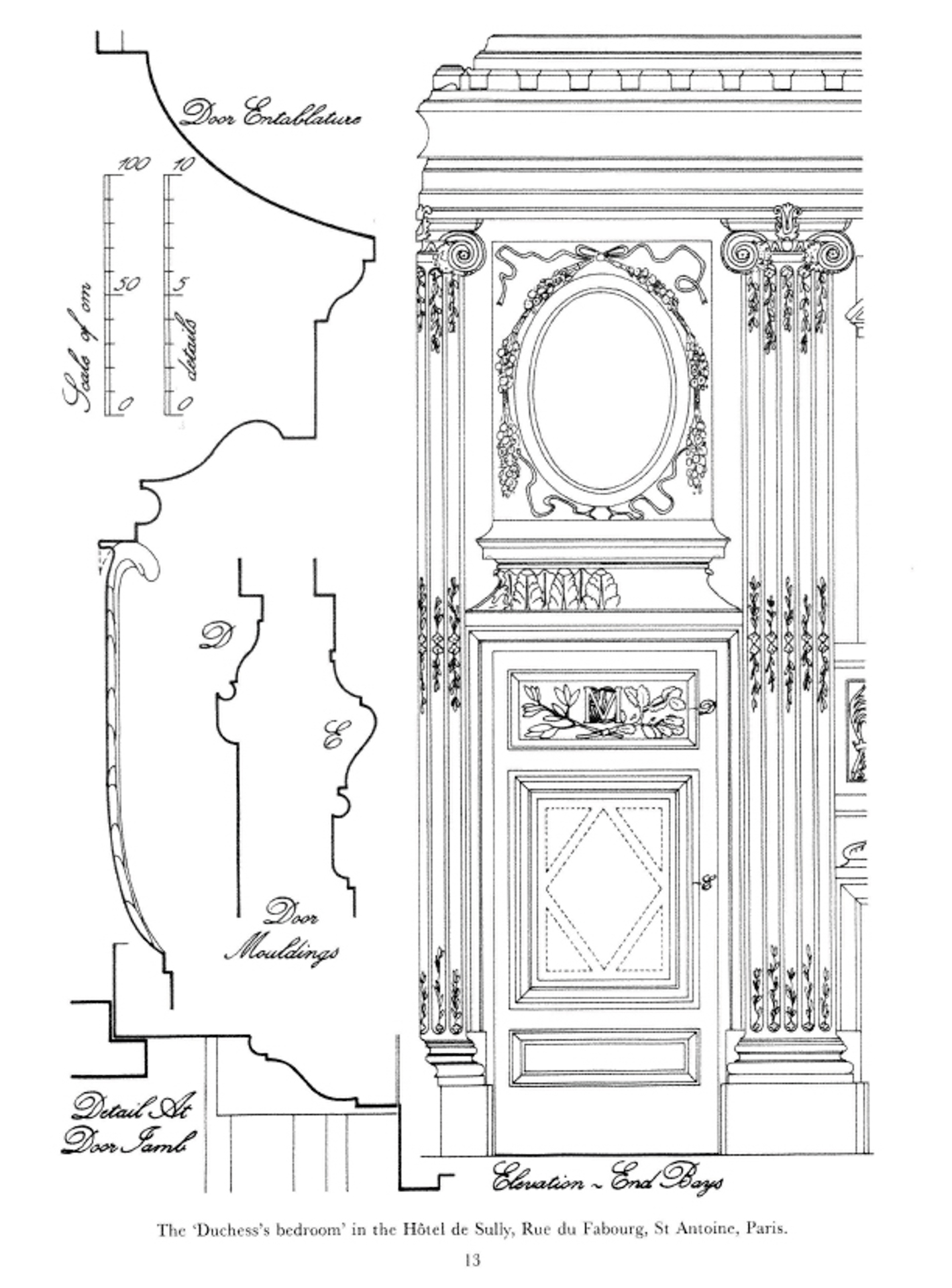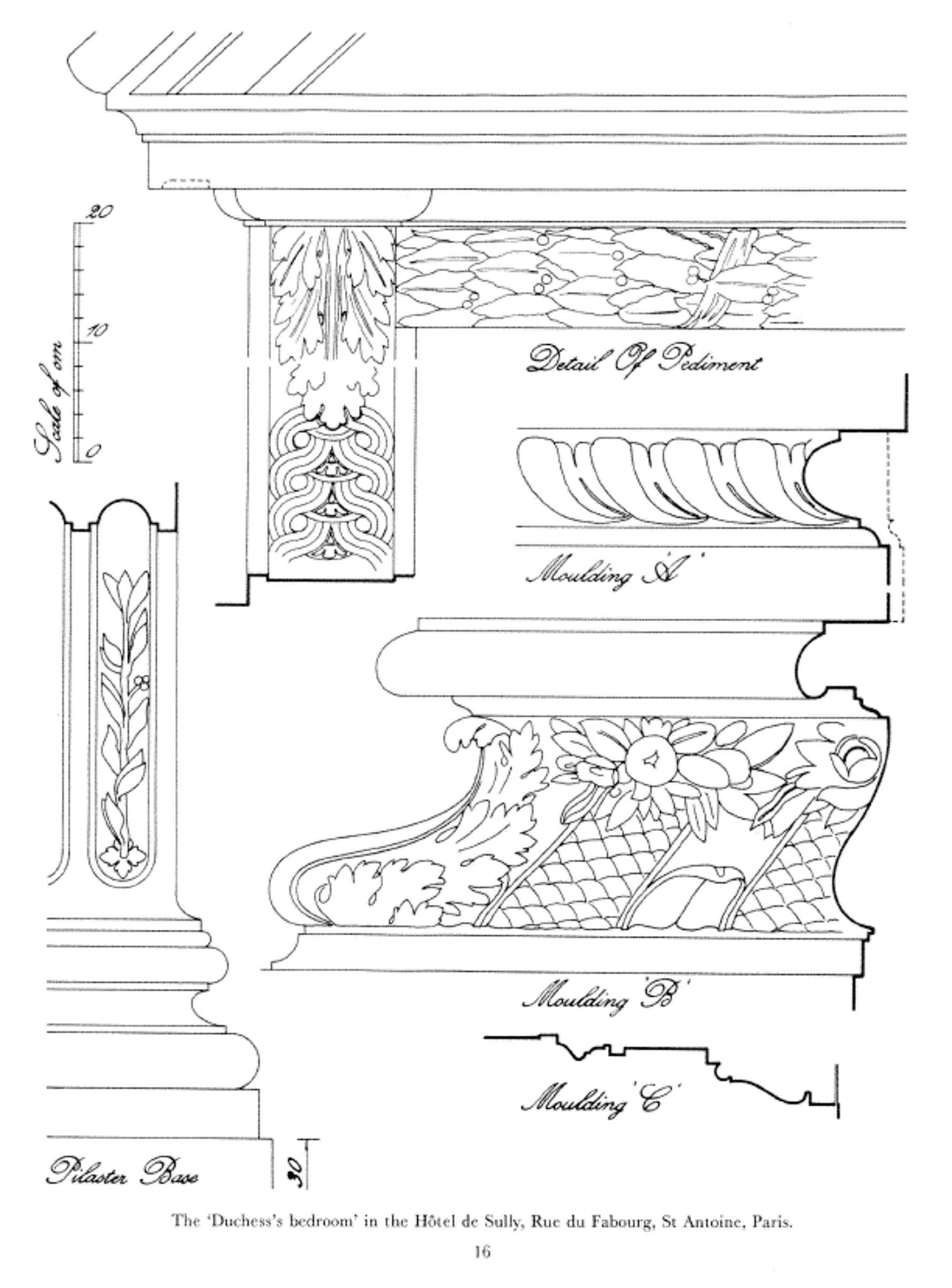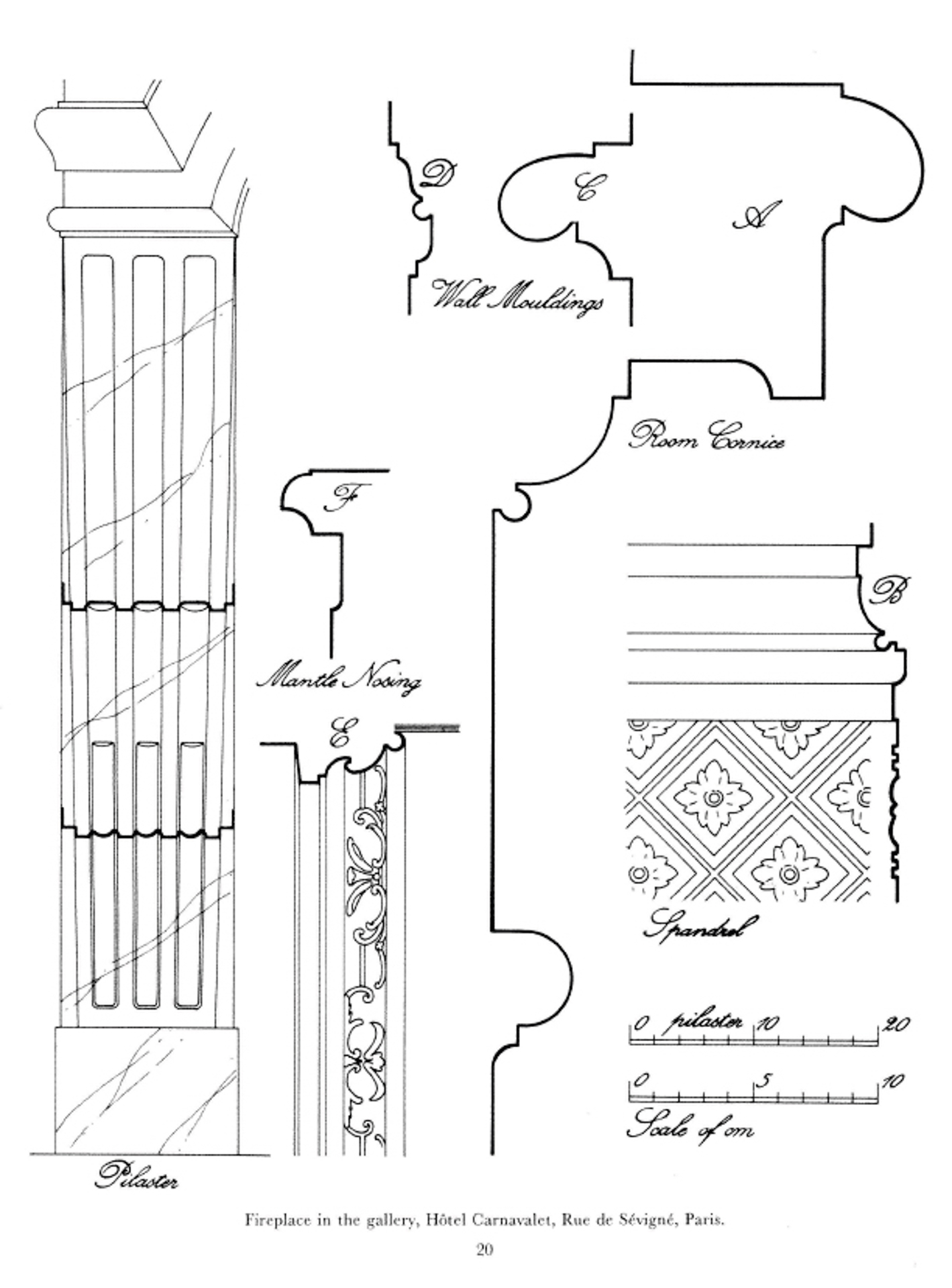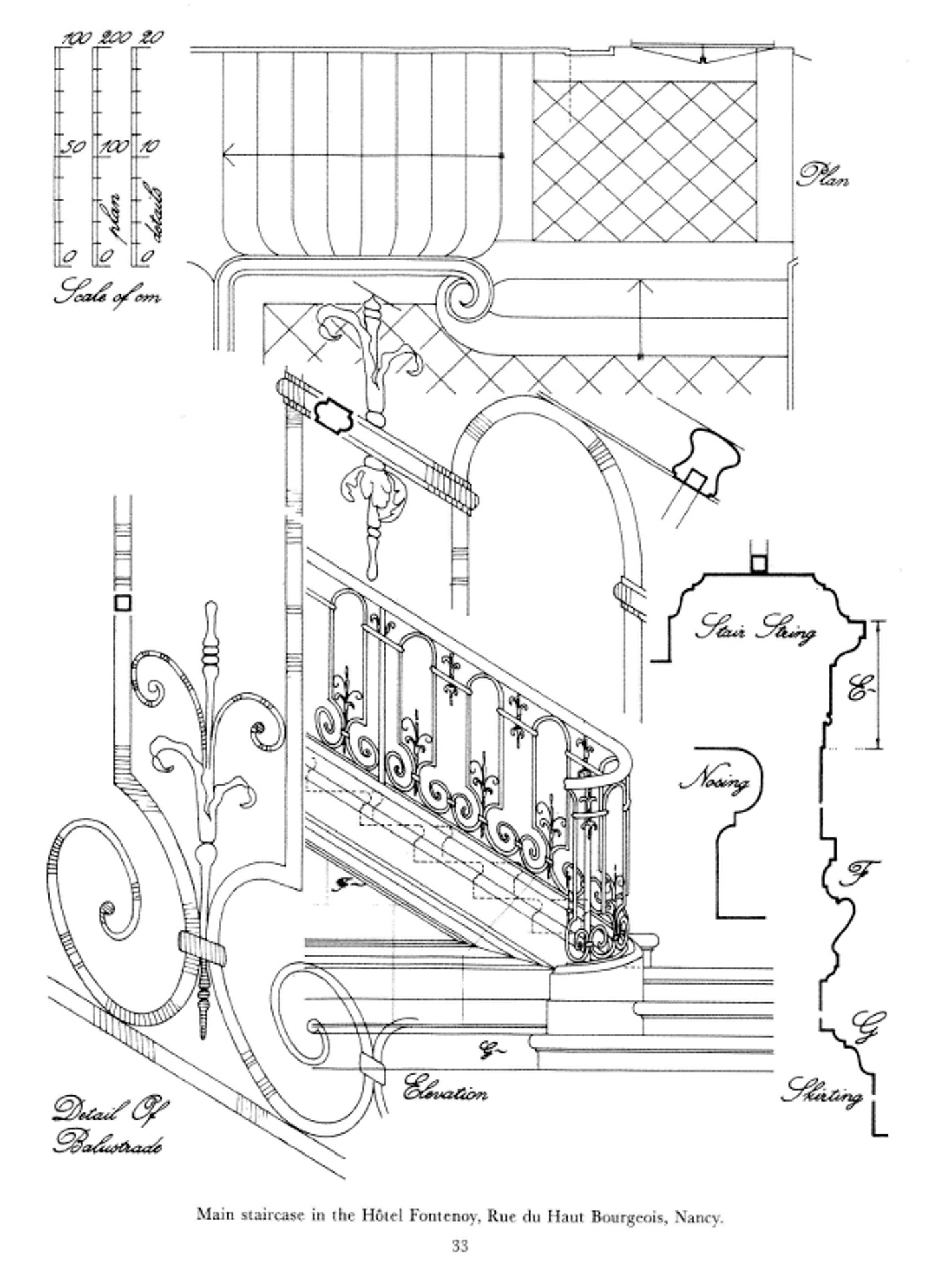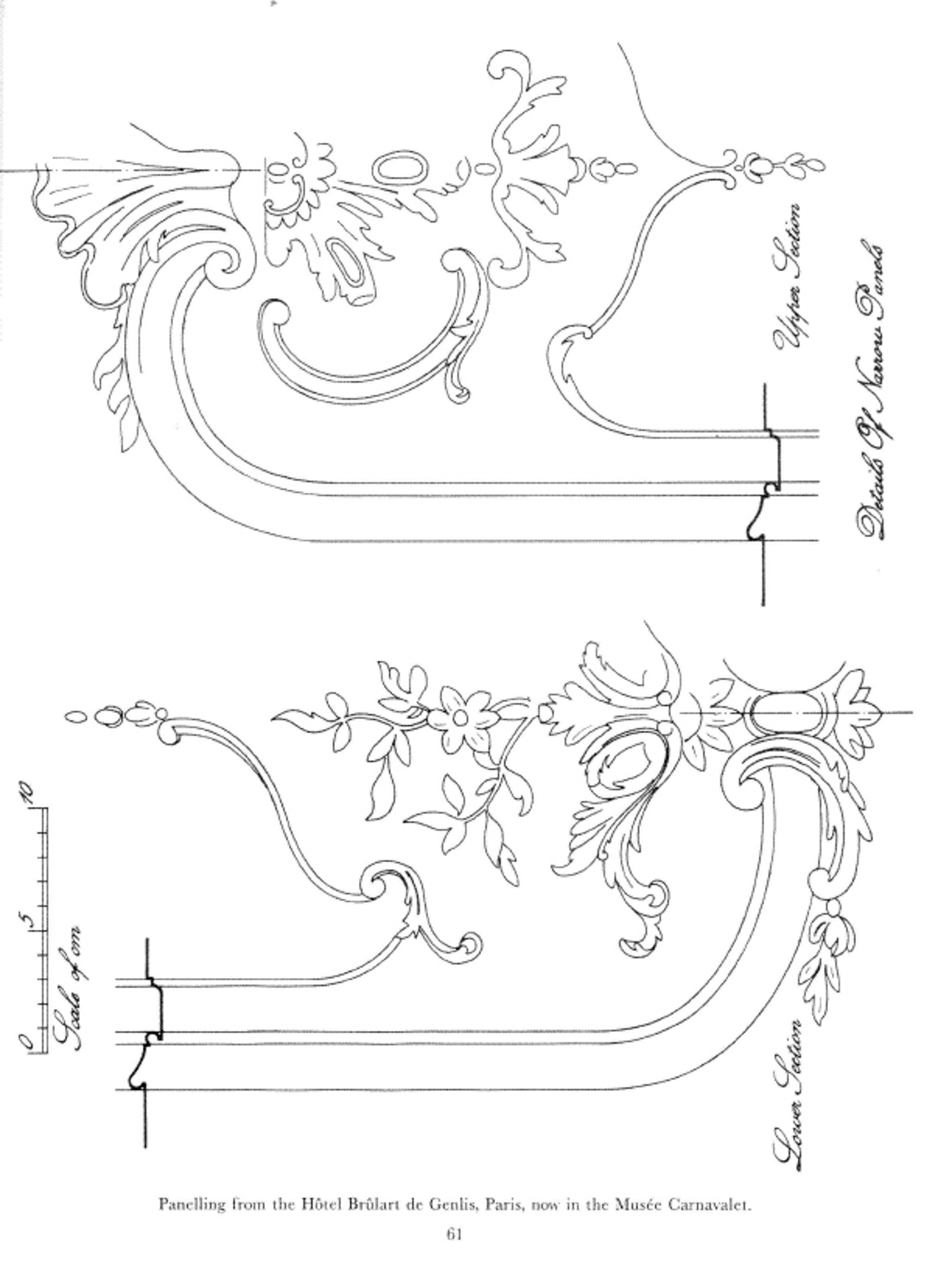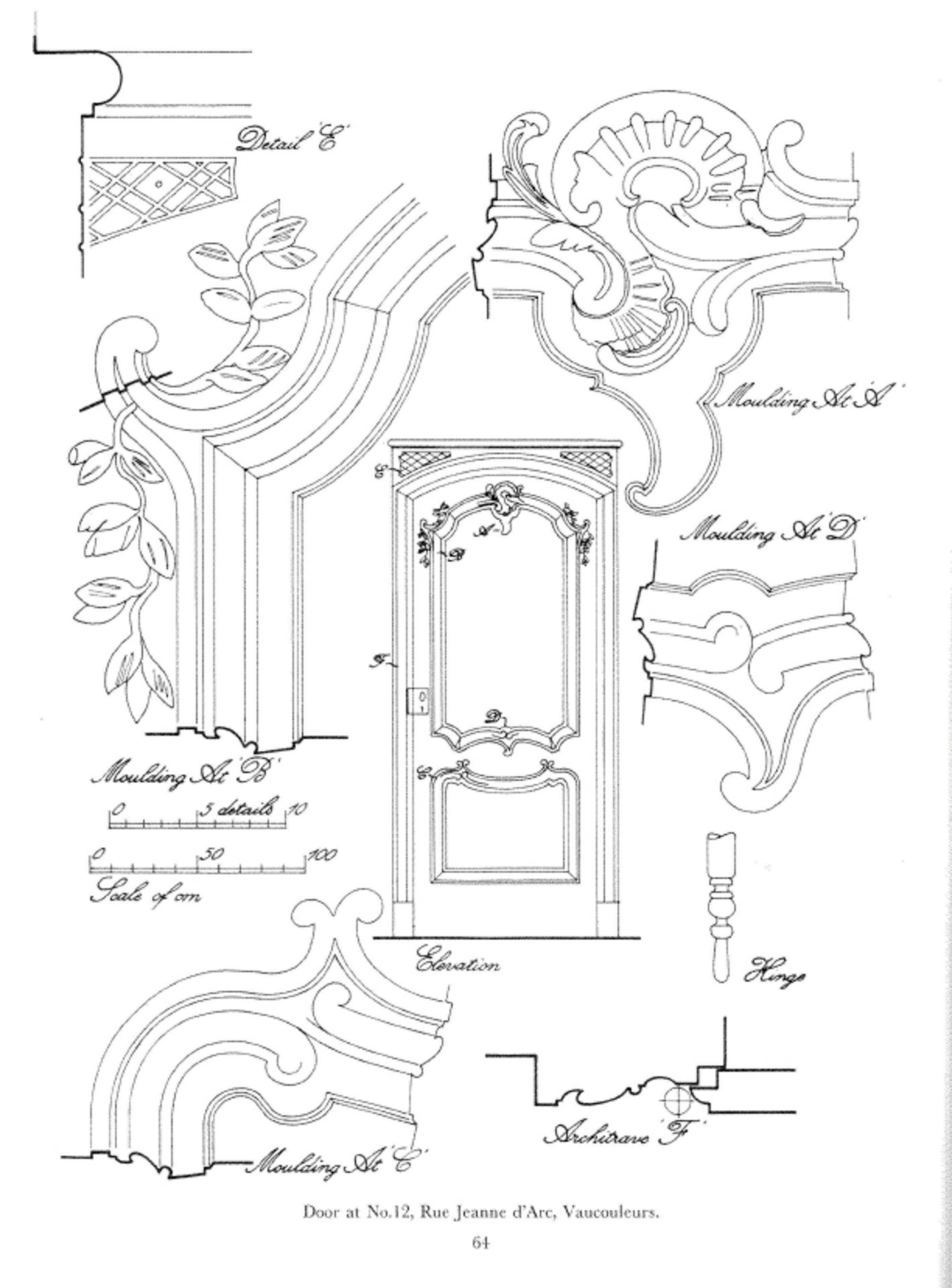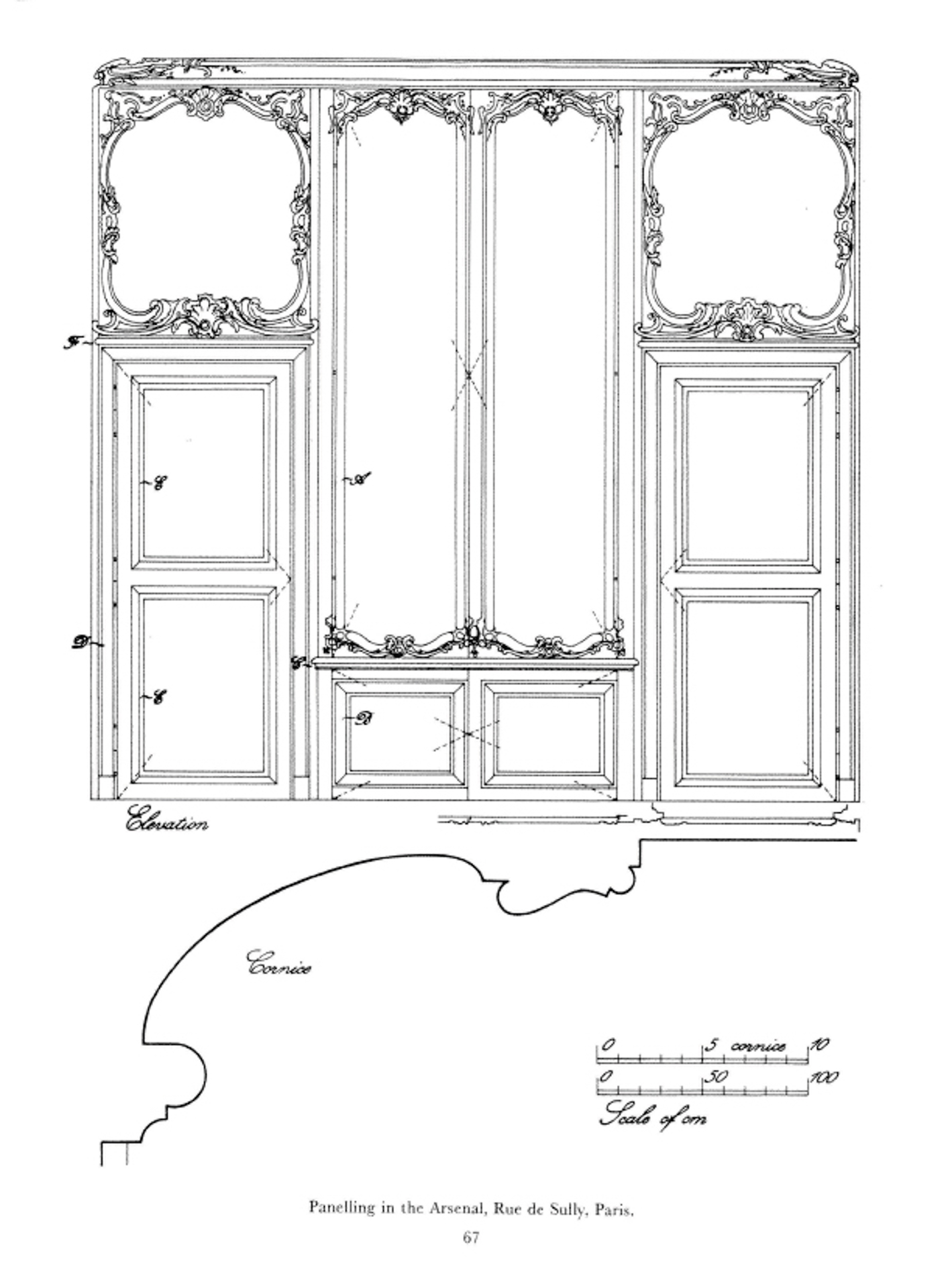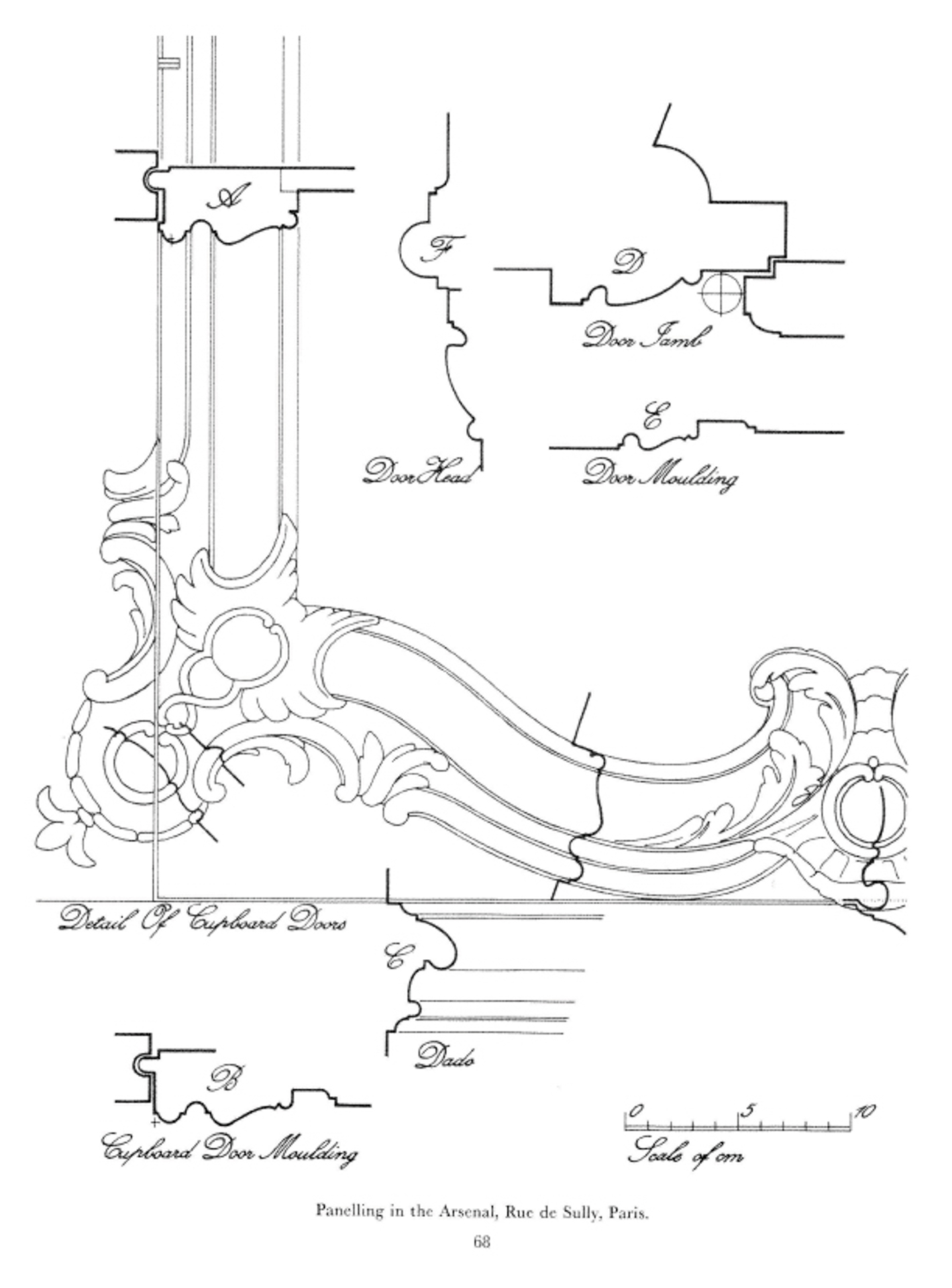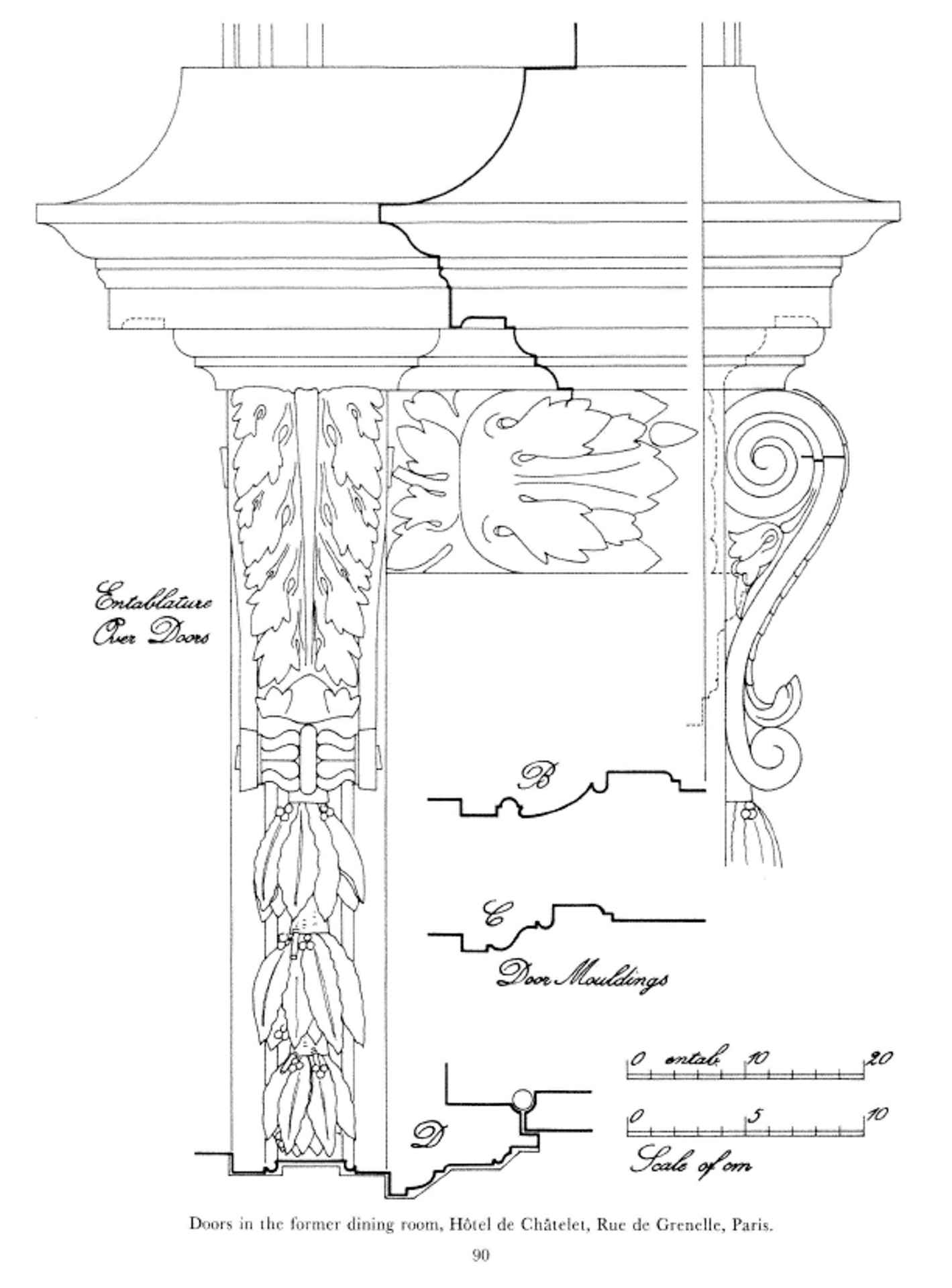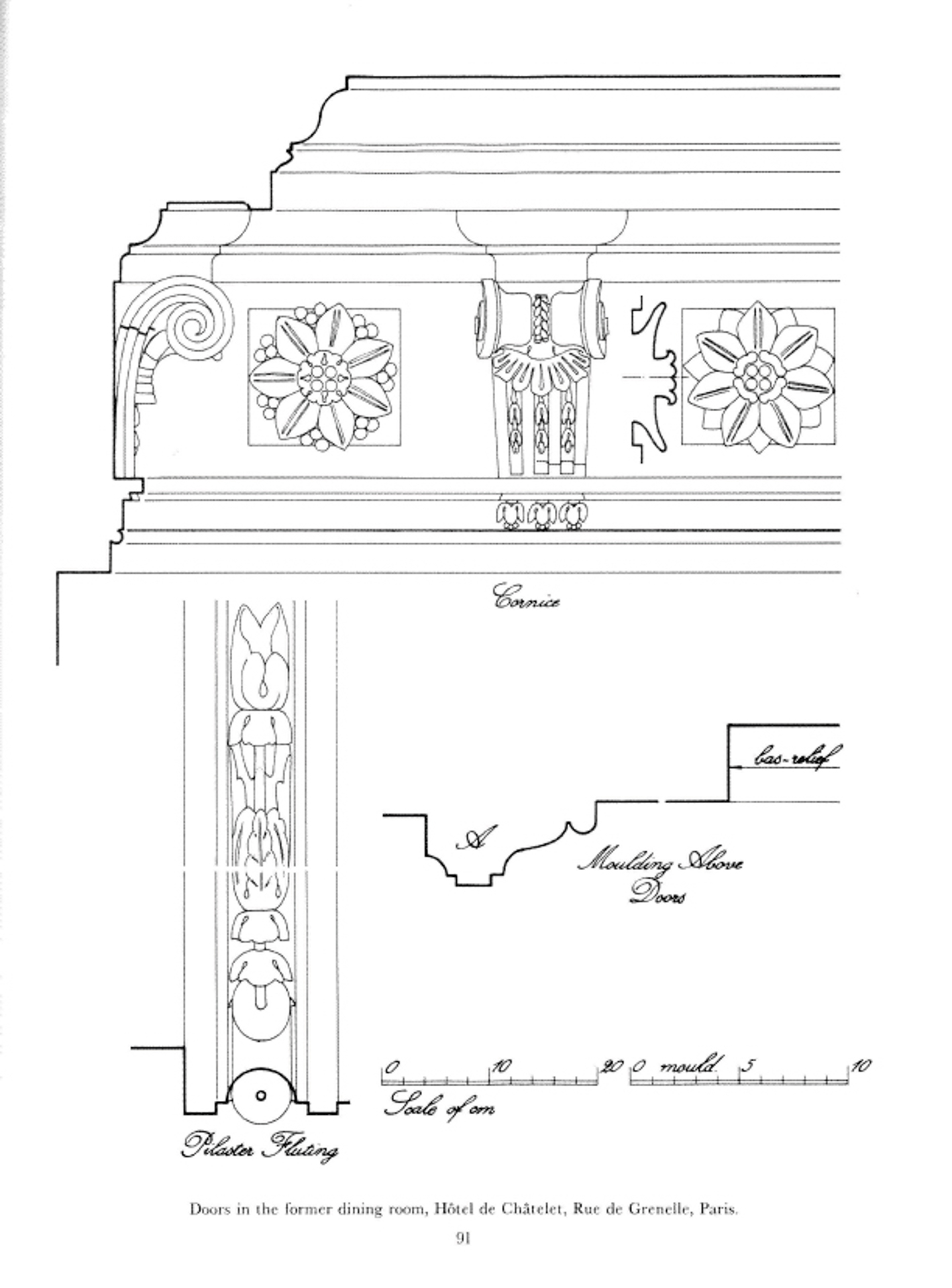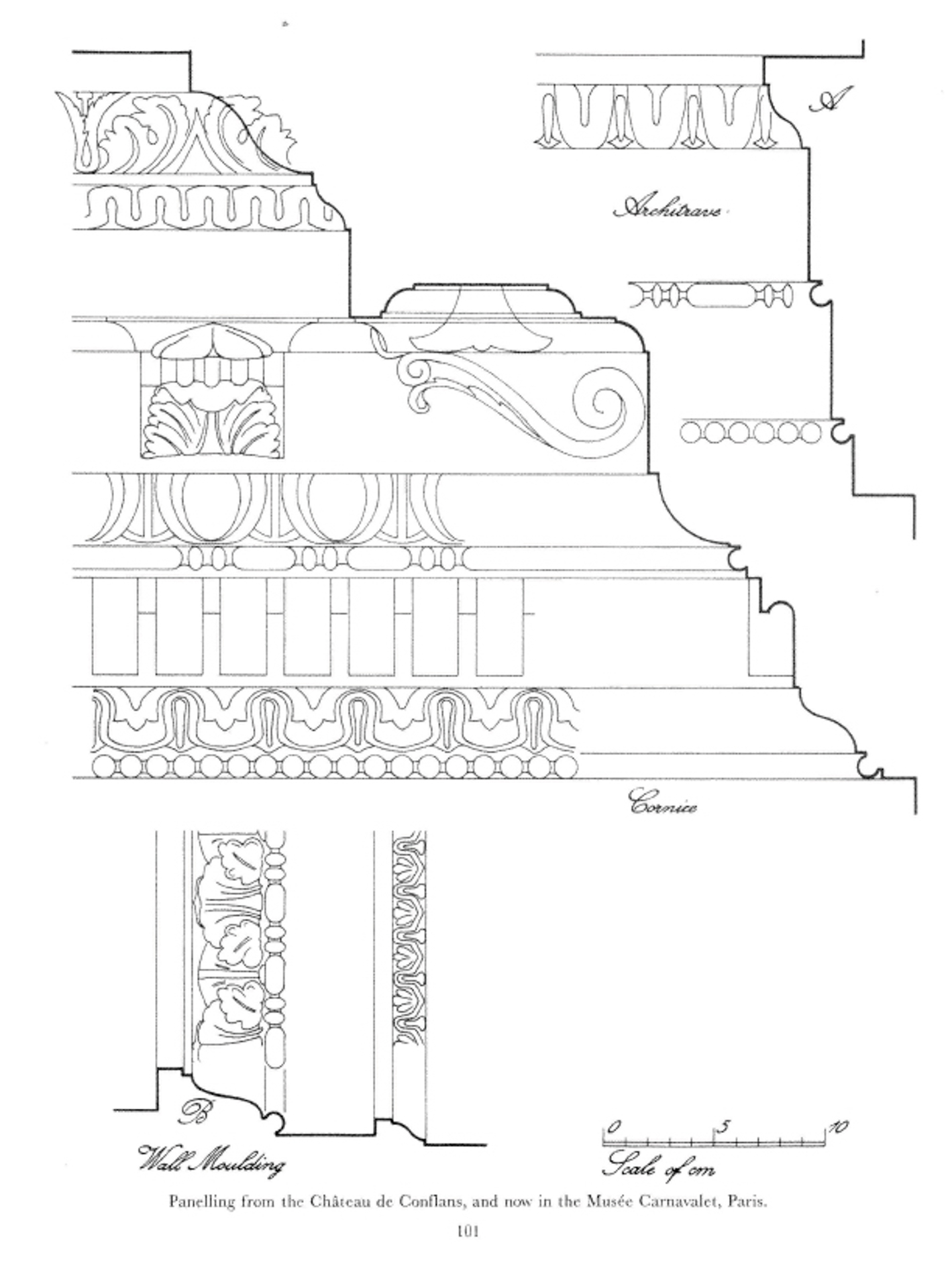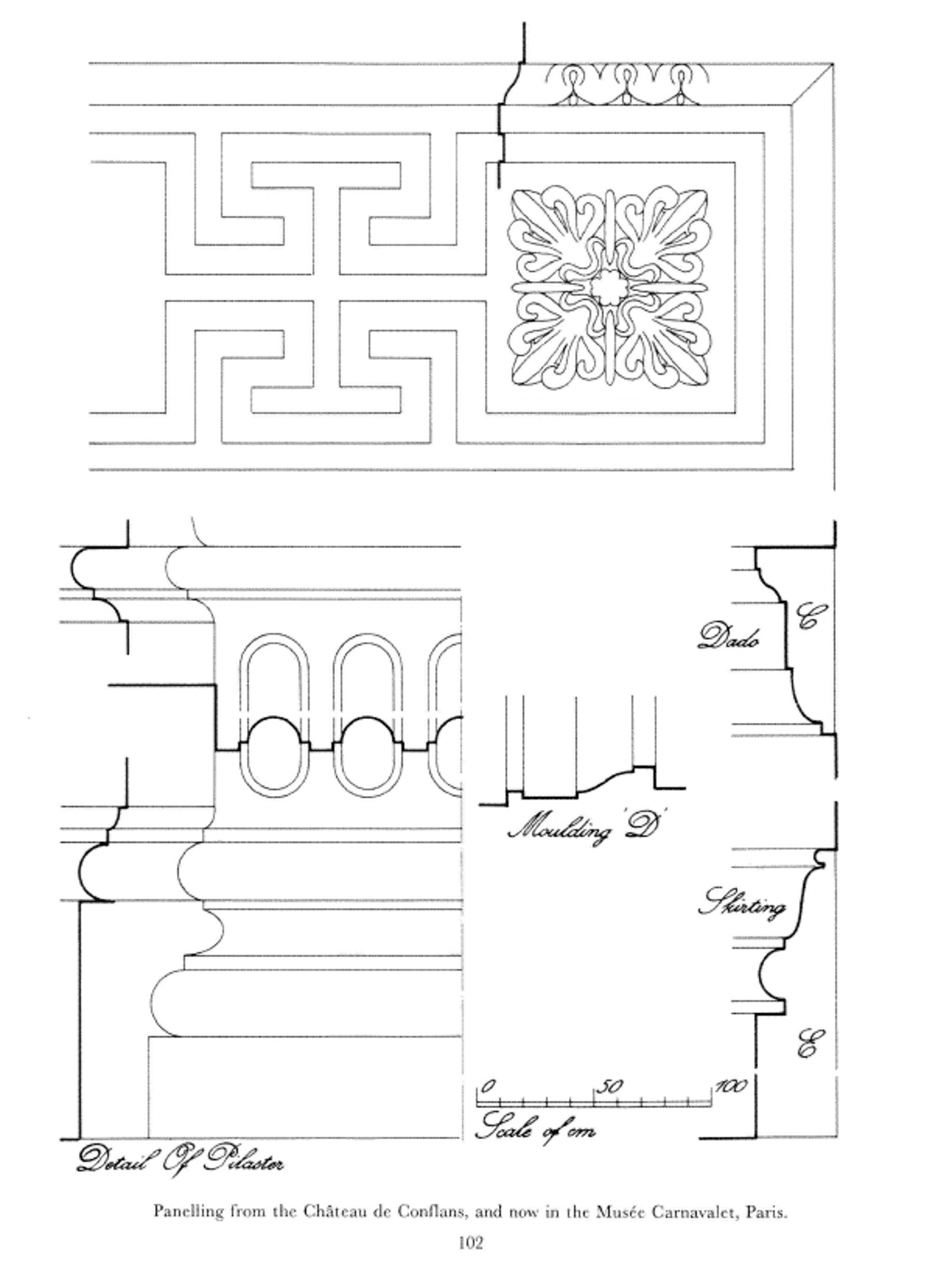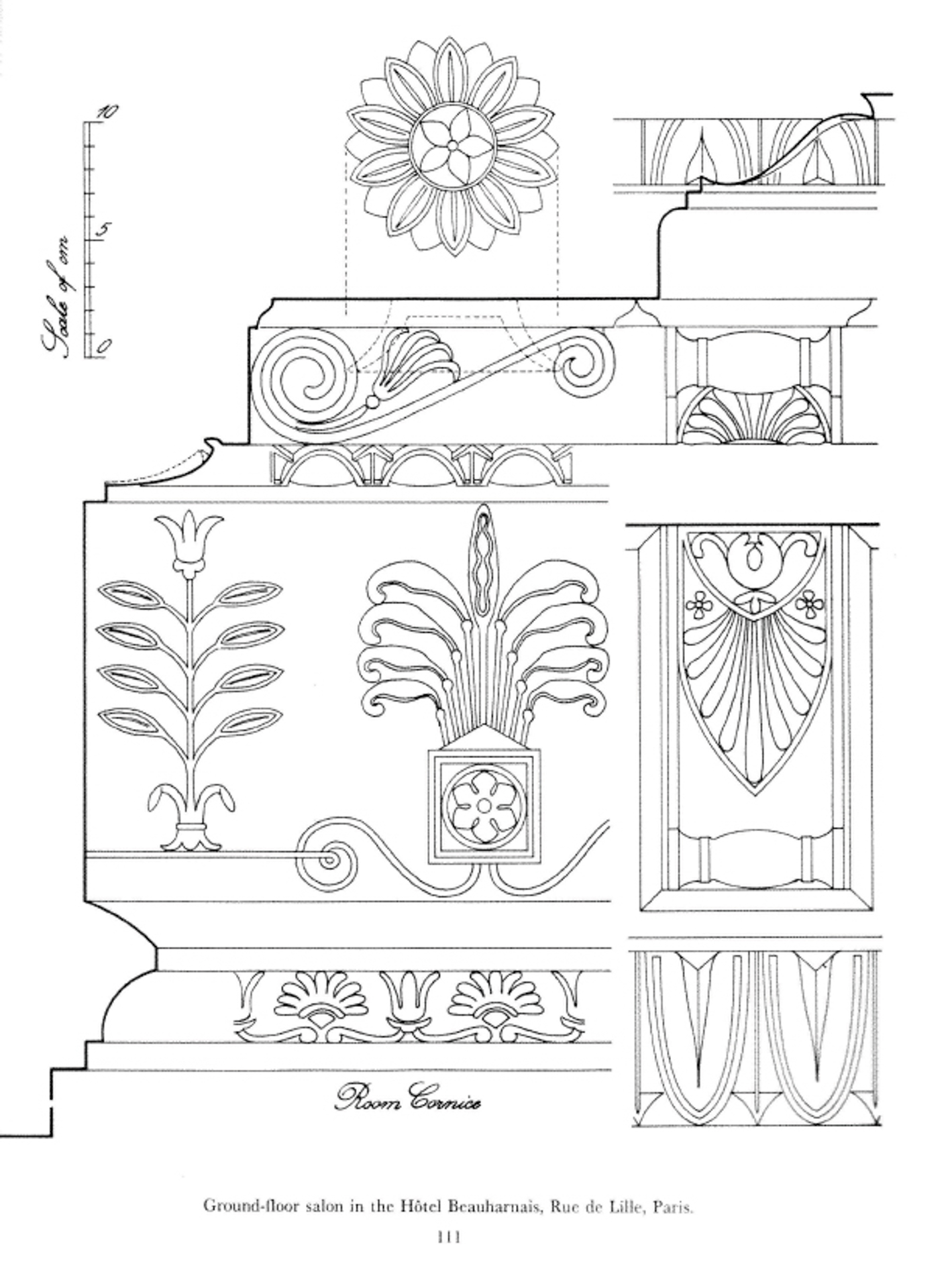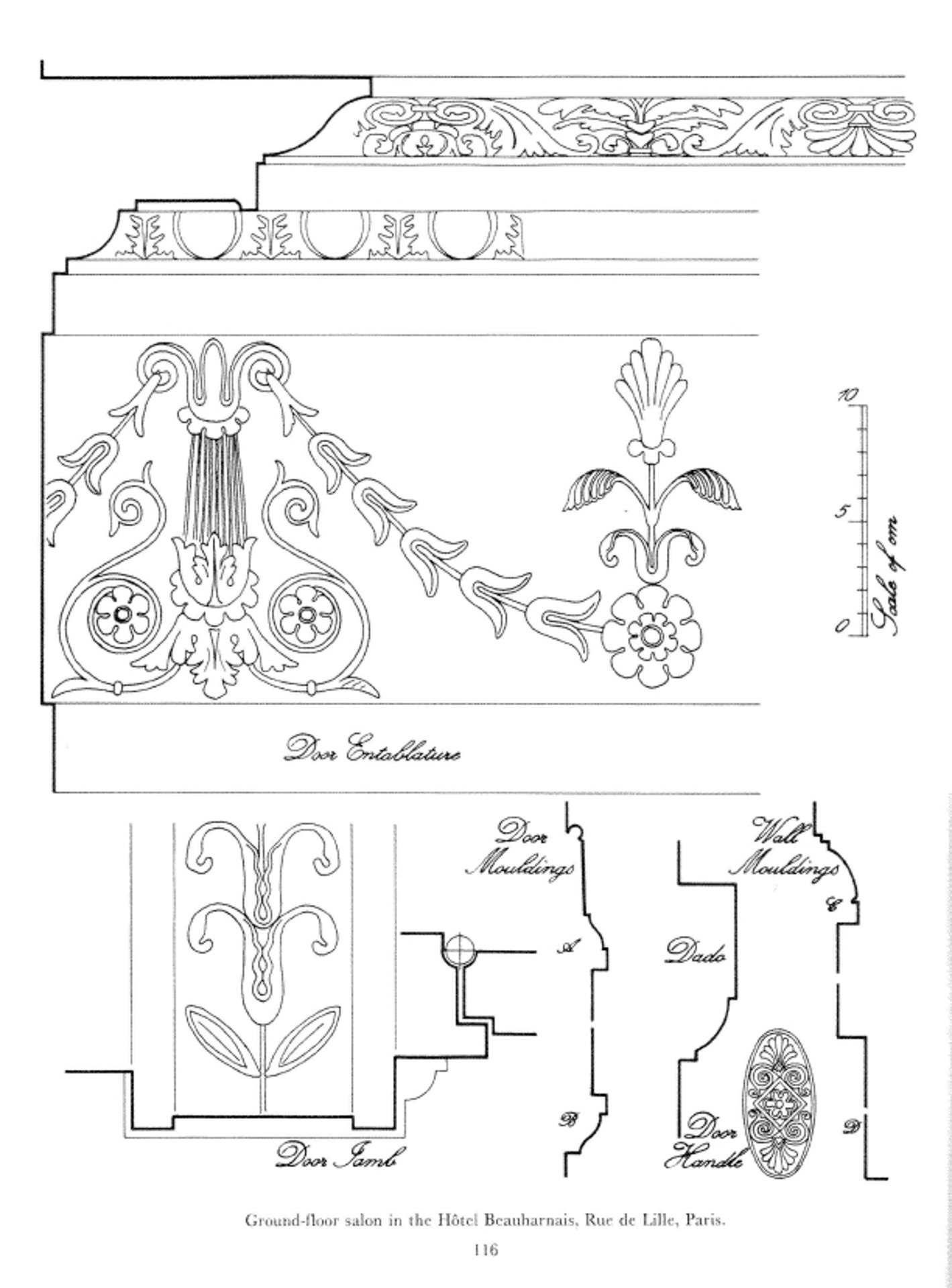French style emerged in the middle of the fifteenth century as ideas from the Renaissance in art and architecture in Italy began to influence design on the continent of Europe. The architectural achievements of the Gothic cathedrals by earlier generations combined with the centralization of power and French court life resulted in the patronage of the arts, including architecture, on a scale unknown before. French design was not confined to quoting from the classical but included a more complete and wholistic vision of complete design. French mastery of stone carving, boiserie (woodwork), furniture (ebenisterie), etc., and the focus given to whole works, distinguished French design.
The following pages include drawings of stone masonry and woodwork from French Buildings that capture the character of the ornate and lavish designs, the opulence and grandeur of French interiors, inspired, but not bound by classical precedents. French moldings frequently include layering and back-cut profiles that create deep shadows and floating surfaces.
The French period mouldings of the 18th century were created during a time of significant political and social change which saw the rise of new ideas about individualism, reason, and natural rights. The ornate designs of mouldings, and their emphasis on individual beauty and creativity, reflected this new era of intellectual and cultural change.
For further reading about French Period Mouldings, we recommend Ronald Lambell's 1992 book "French Period Houses and their Details".

THE DUCHESS’S BEDROOM IN THE HOTEL DE SULLY MOULDINGS

THE DUCHESS’S BEDROOM IN THE HOTEL DE SULLY MOULDINGS
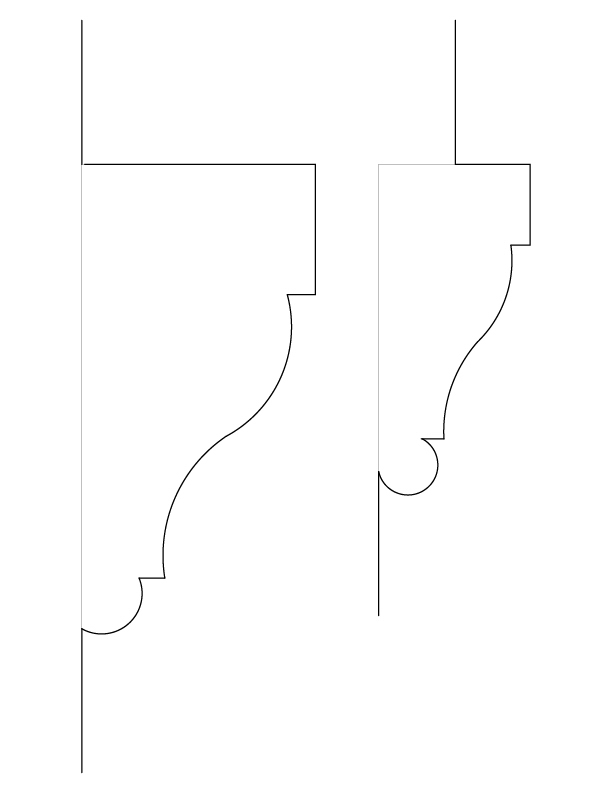
THE DUCHESS’S BEDROOM IN THE HOTEL DE SULLY MOULDINGS
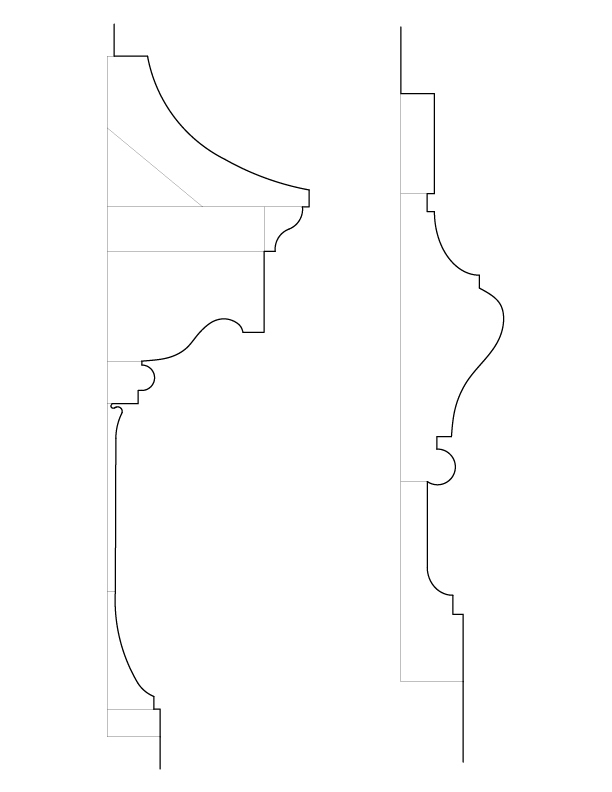
THE DUCHESS’S BEDROOM IN THE HOTEL DE SULLY MOULDINGS
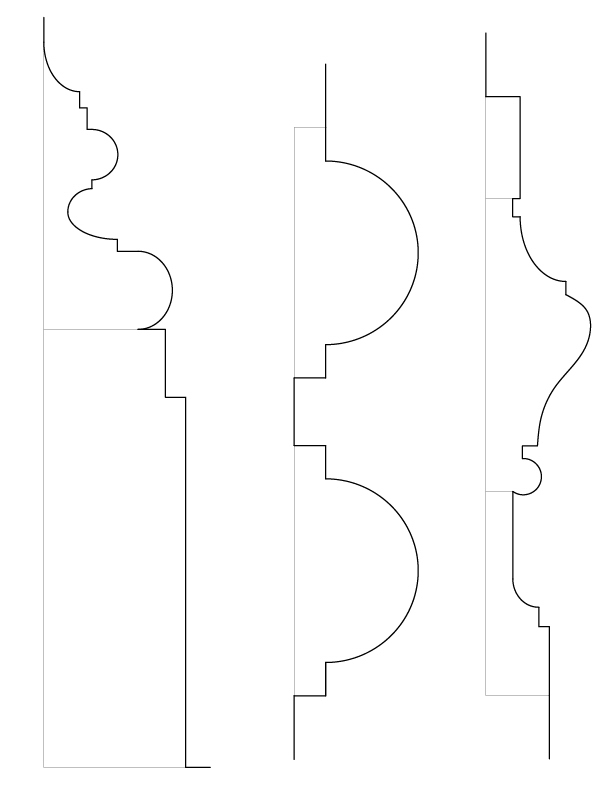
THE DUCHESS’S BEDROOM IN THE HOTEL DE SULLY MOULDINGS
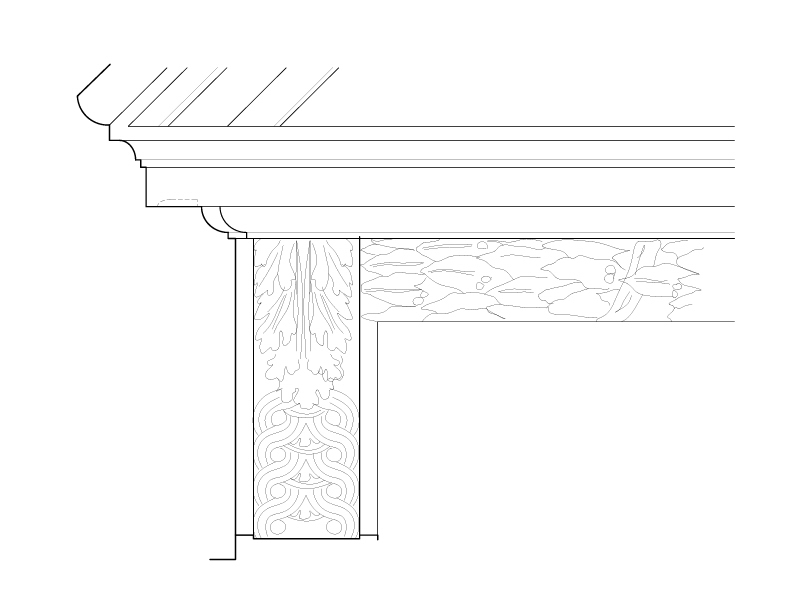
THE DUCHESS’S BEDROOM IN THE HOTEL DE SULLY
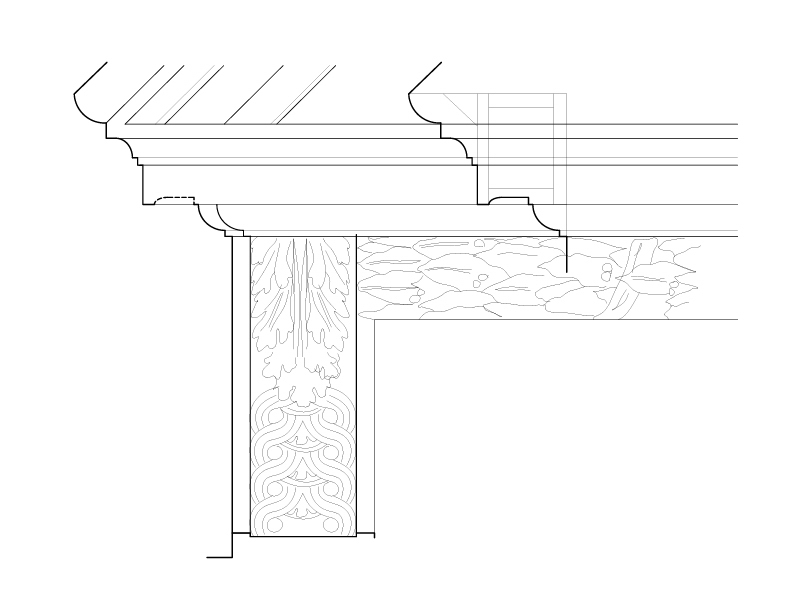
THE DUCHESS’S BEDROOM IN THE HOTEL DE SULLY

THE DUCHESS’S BEDROOM IN THE HOTEL DE SULLY MOULDINGS

THE DUCHESS’S BEDROOM IN THE HOTEL DE SULLY
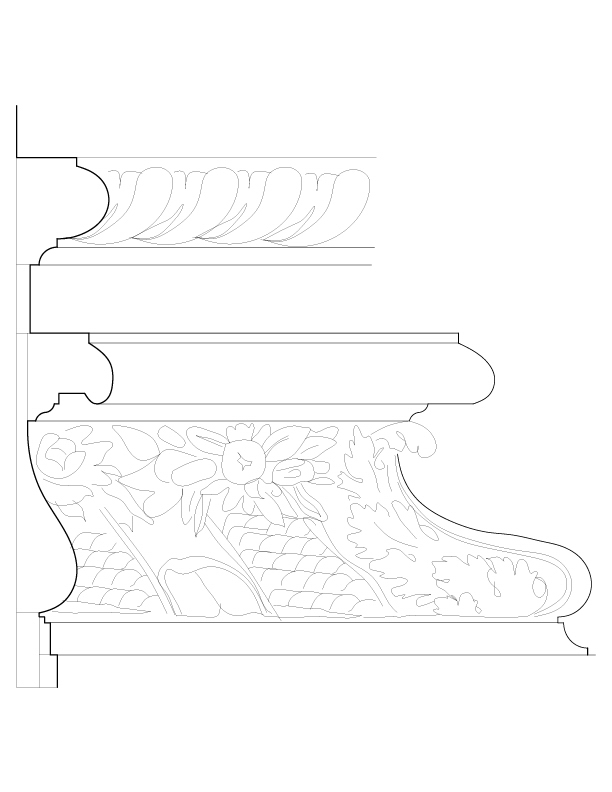
THE DUCHESS’S BEDROOM IN THE HOTEL DE SULLY
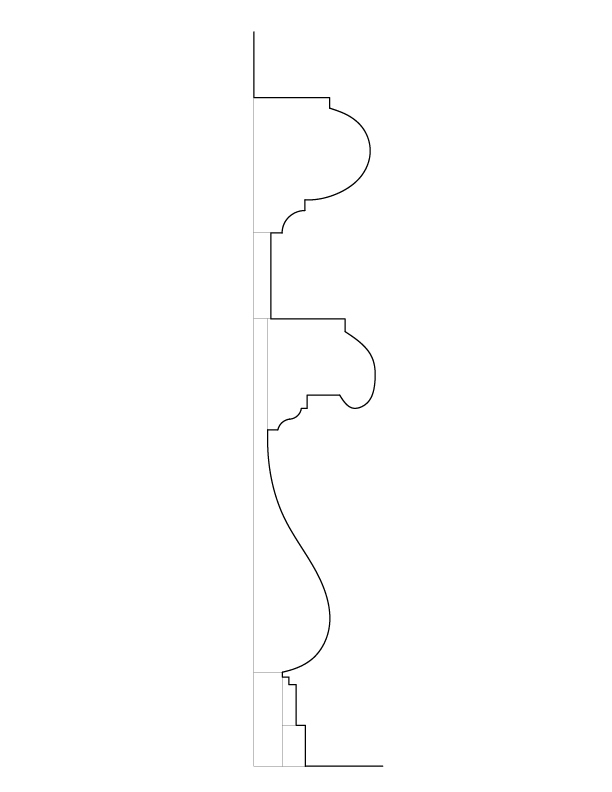
THE DUCHESS’S BEDROOM IN THE HOTEL DE SULLY MOULDINGS
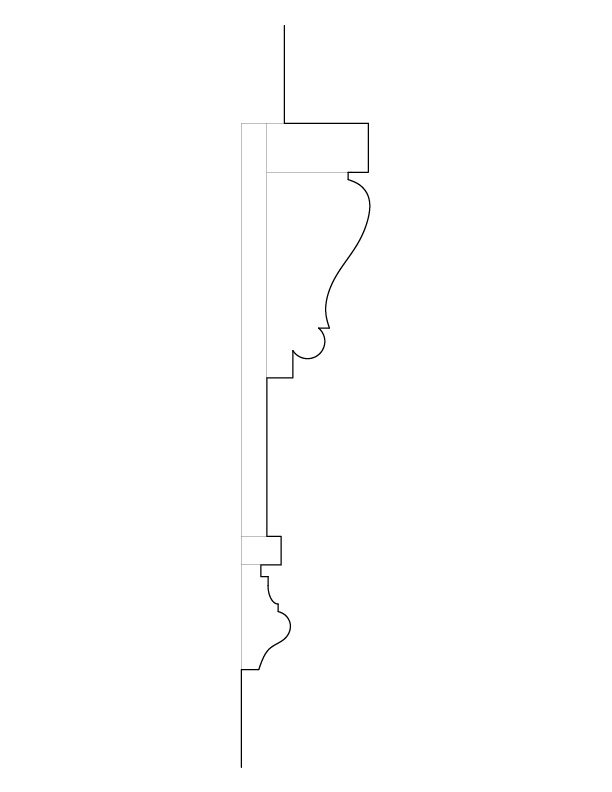
THE DUCHESS’S BEDROOM IN THE HOTEL DE SULLY MOULDINGS

FIREPLACE PILASTER IN THE HOTEL CARNAVALET
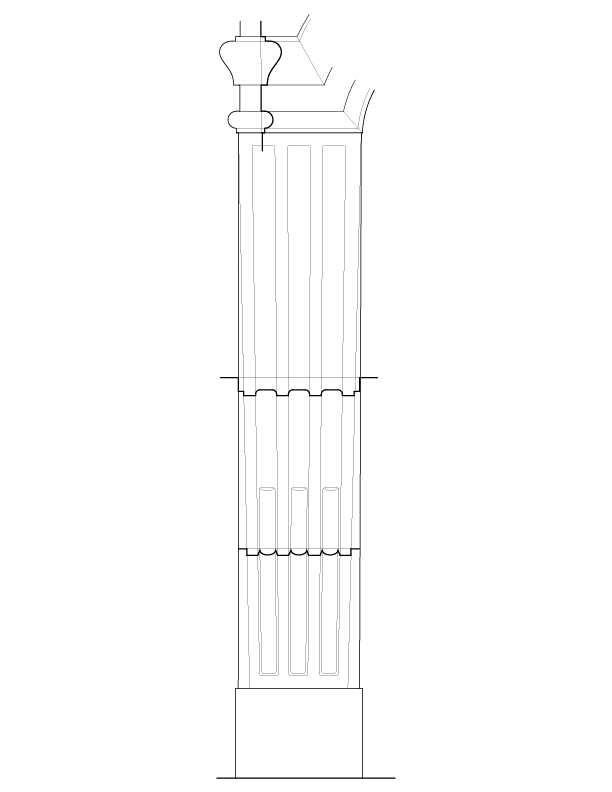
FIREPLACE PILASTER IN THE HOTEL CARNAVALET
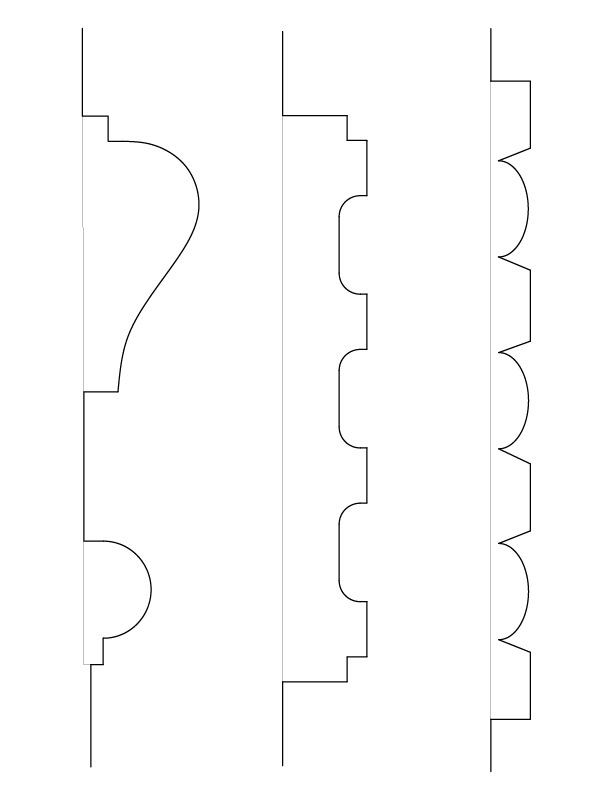
FIREPLACE PILASTER IN THE HOTEL CARNAVALET MOULDINGS
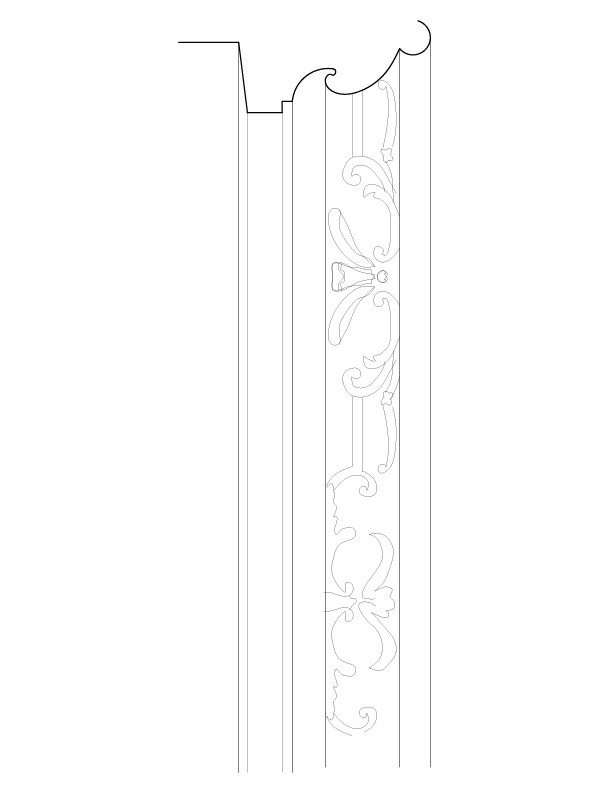
FIREPLACE IN THE HOTEL CARNAVALET
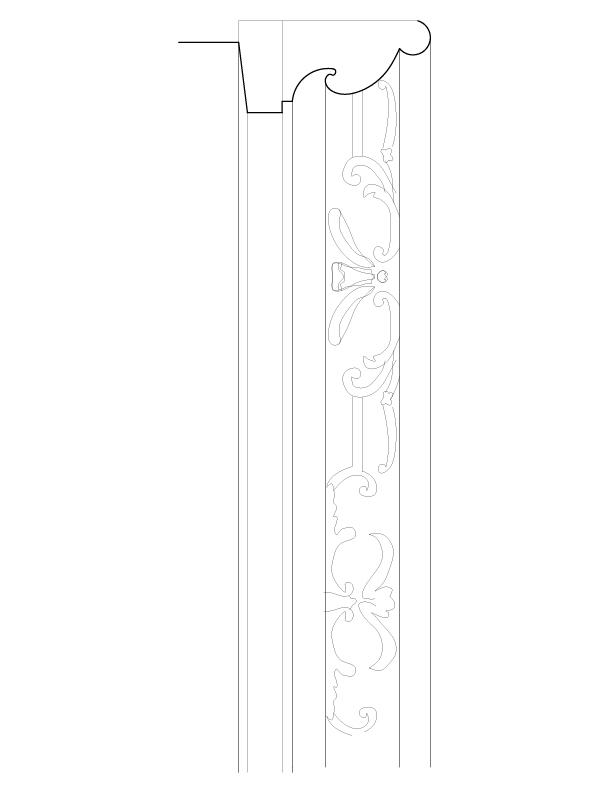
FIREPLACE IN THE HOTEL CARNAVALET

FIREPLACE IN THE HOTEL CARNAVALET MOULDINGS

FIREPLACE IN THE HOTEL CARNAVALET
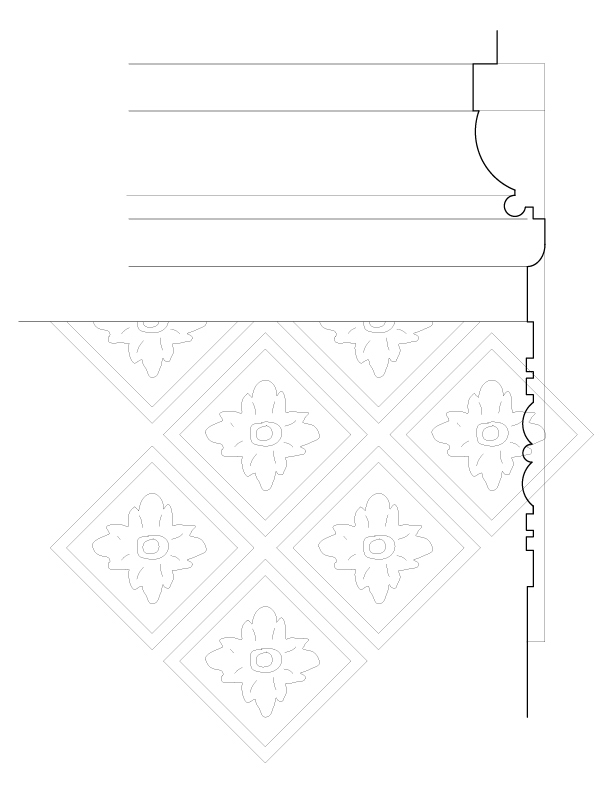
FIREPLACE IN THE HOTEL CARNAVALET
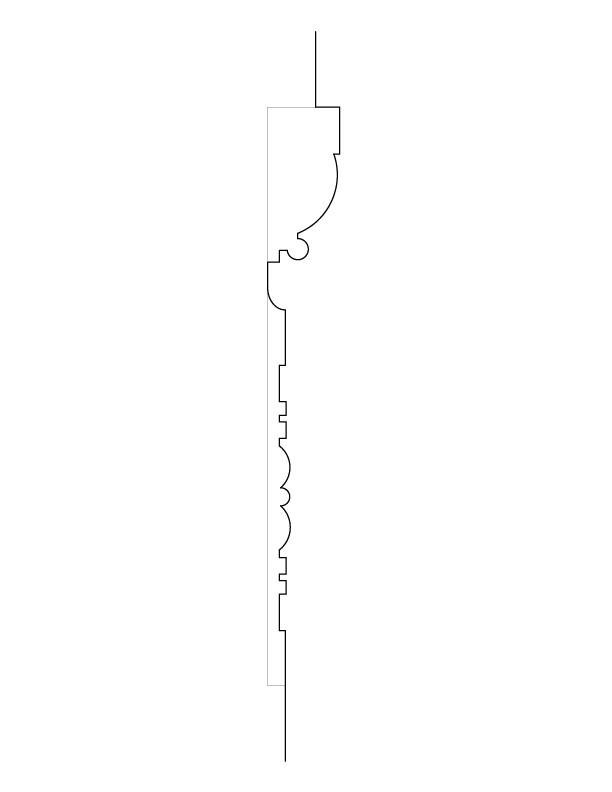
FIREPLACE IN THE HOTEL CARNAVALET MOULDINGS
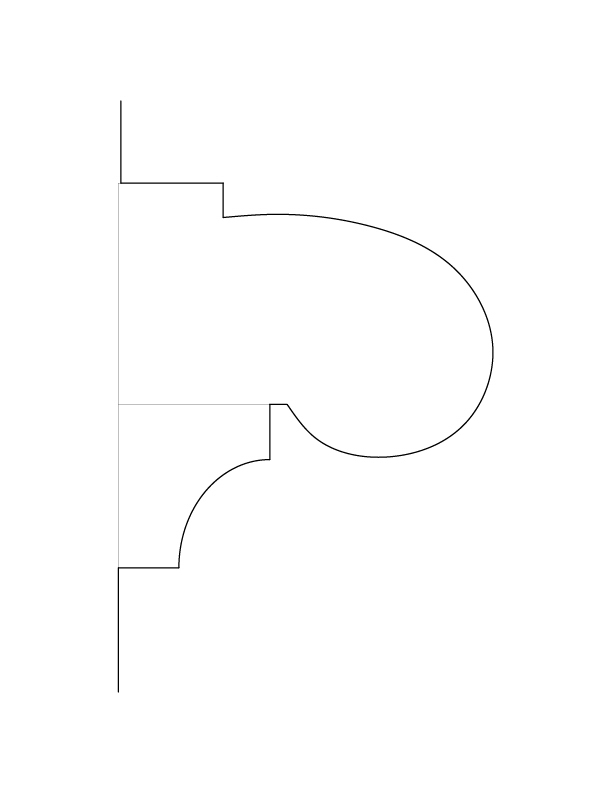
FIREPLACE IN THE HOTEL CARNAVALET MOULDINGS
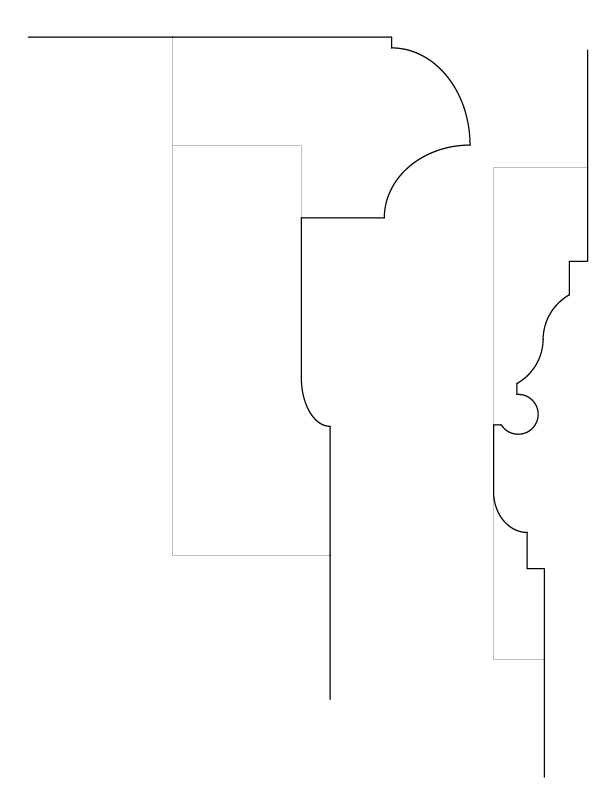
FIREPLACE IN THE HOTEL CARNAVALET
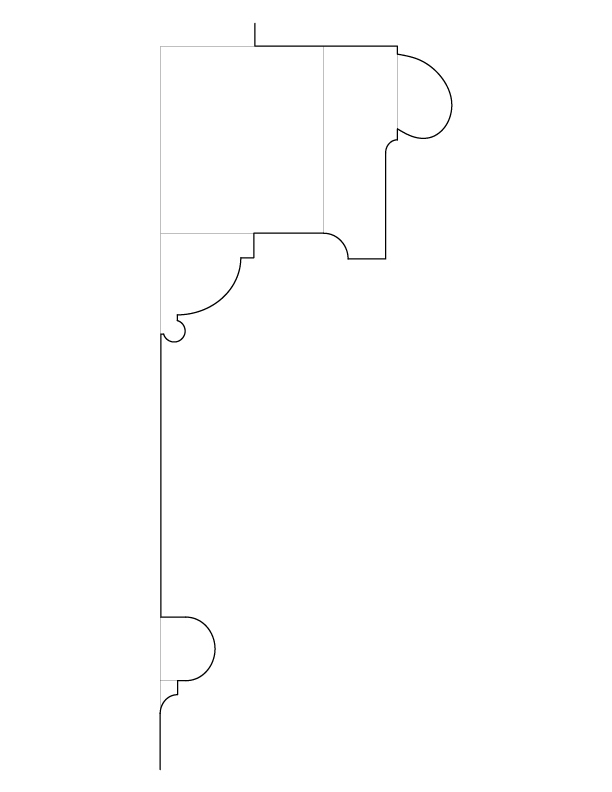
FIREPLACE IN THE HOTEL CARNAVALET
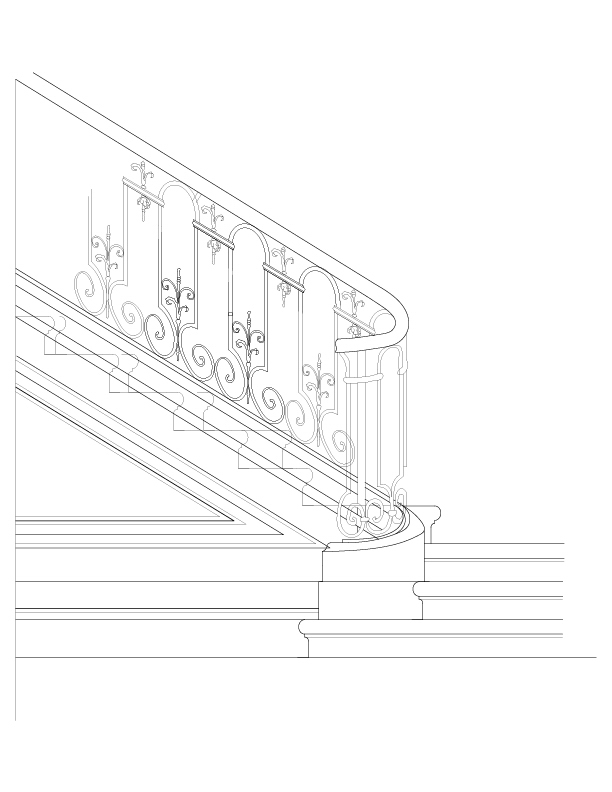
MAIN STAIRCASE IN THE HOTEL FONTENOY
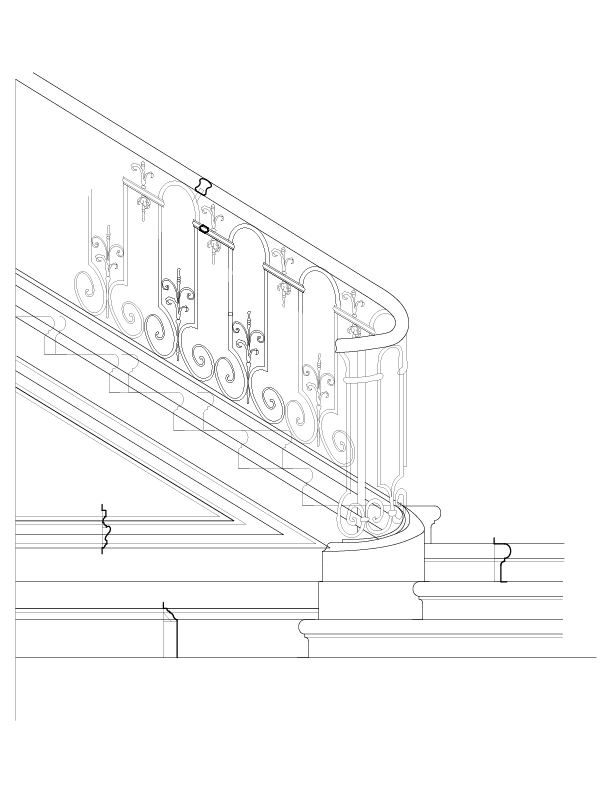
MAIN STAIRCASE IN THE HOTEL FONTENOY
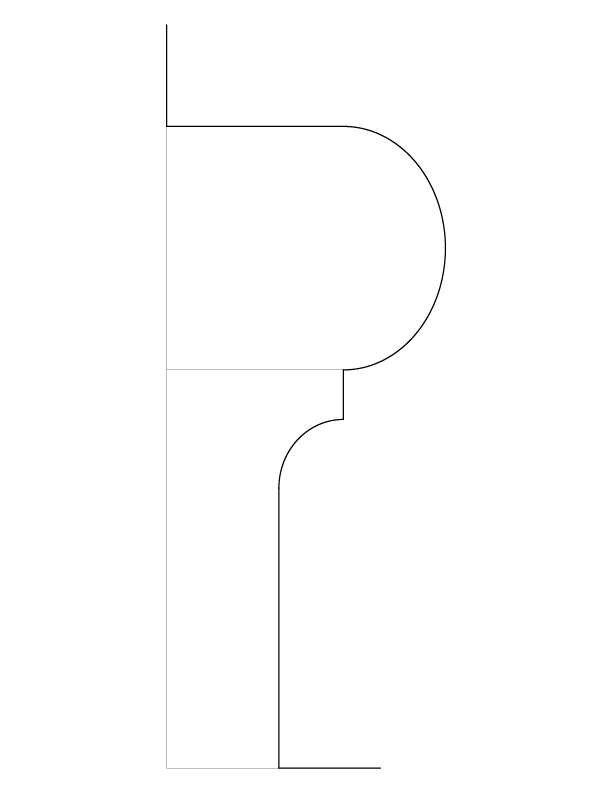
MAIN STAIRCASE IN THE HOTEL FONTENOY MOULDINGS

MAIN STAIRCASE IN THE HOTEL FONTENOY MOULDINGS

MAIN STAIRCASE IN THE HOTEL FONTENOY MOULDINGS
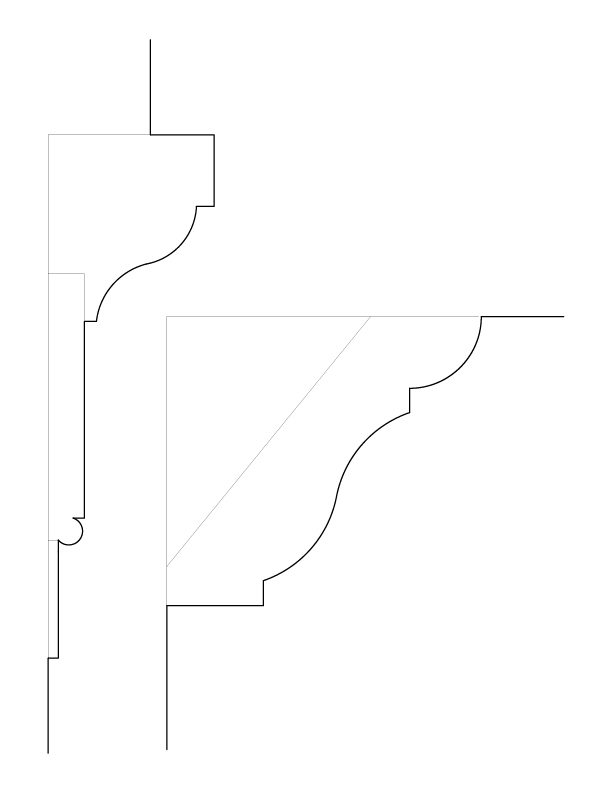
MAIN STAIRCASE IN THE HOTEL FONTENOY MOULDINGS
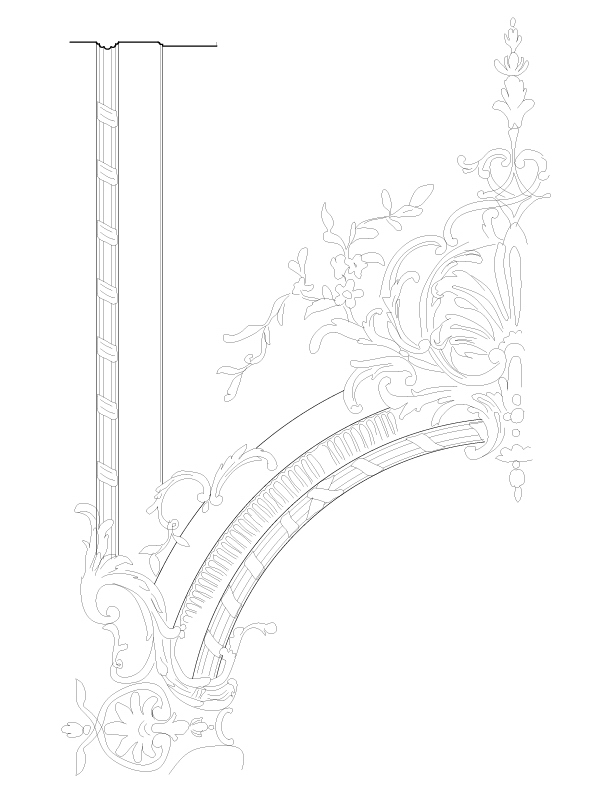
PANELING IN THE HOTEL DE BIRON
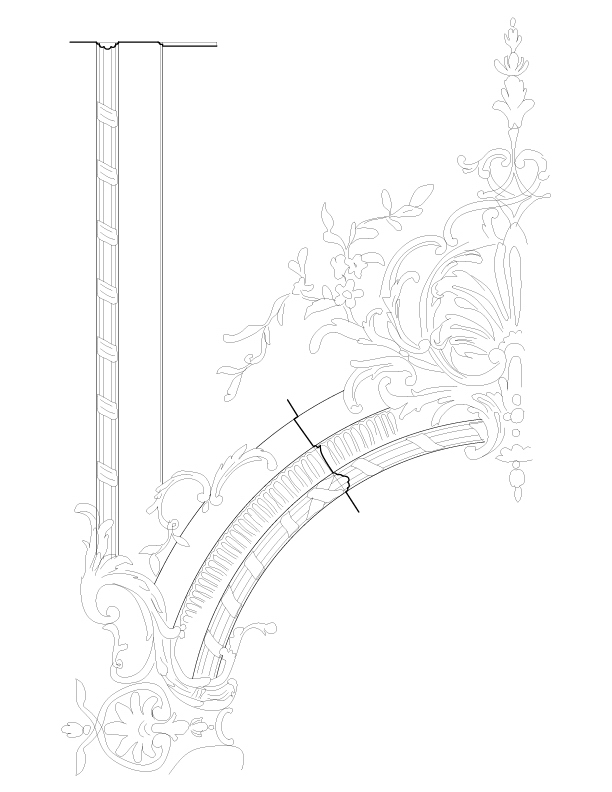
PANELING IN THE HOTEL DE BIRON
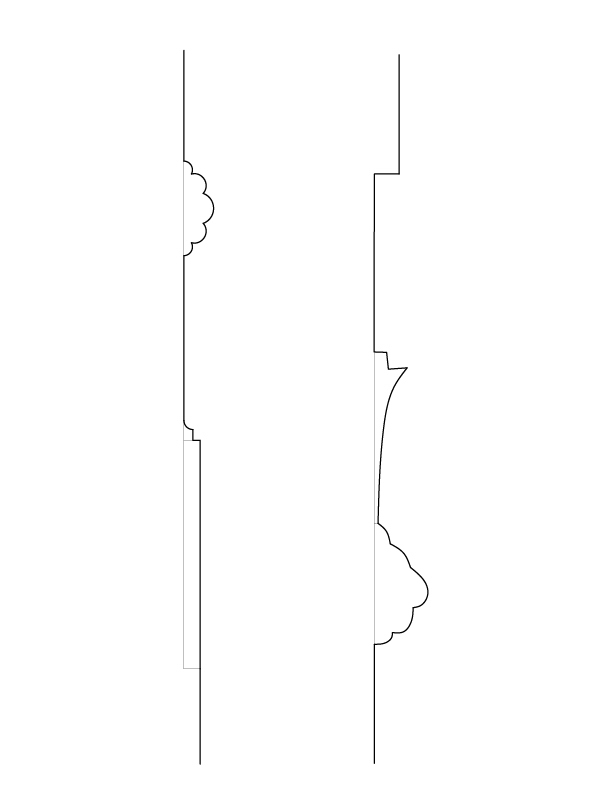
PANELING IN THE HOTEL DE BIRON MOULDINGS
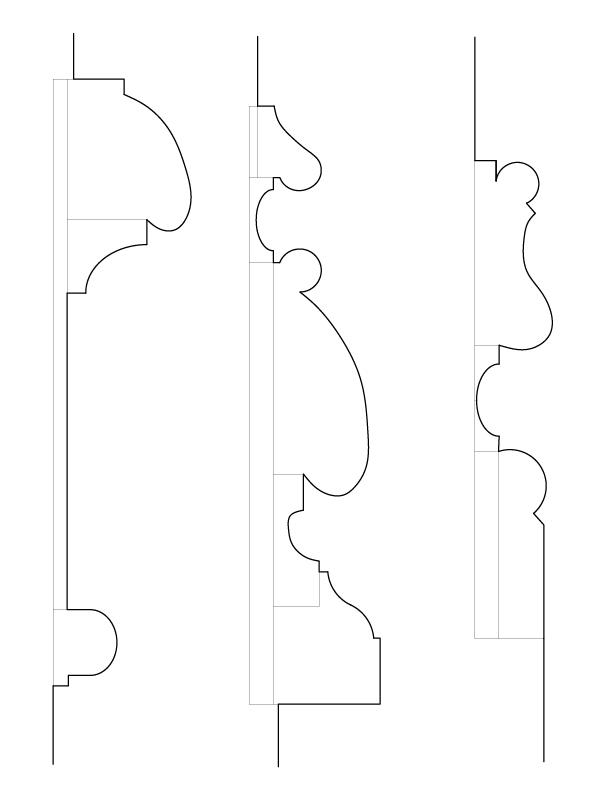
PANELING IN THE HOTEL DE BIRON MOULDINGS
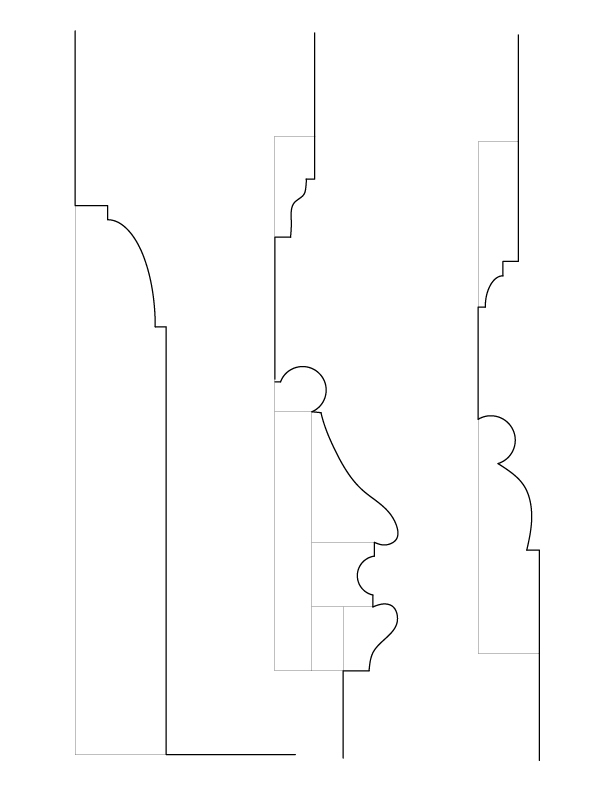
PANELING IN THE HOTEL DE BIRON MOULDINGS
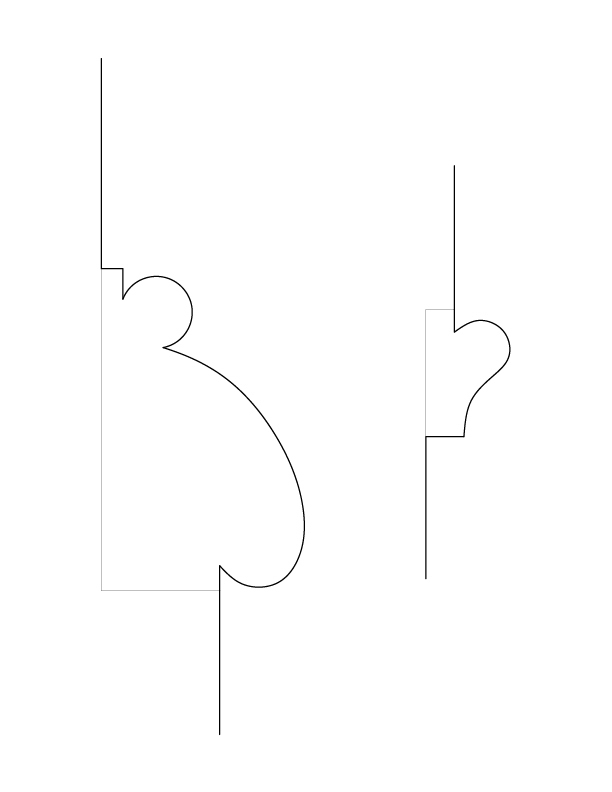
PANELING IN THE HOTEL DE BIRON MOULDINGS

PANELING IN THE HOTEL DE BIRON
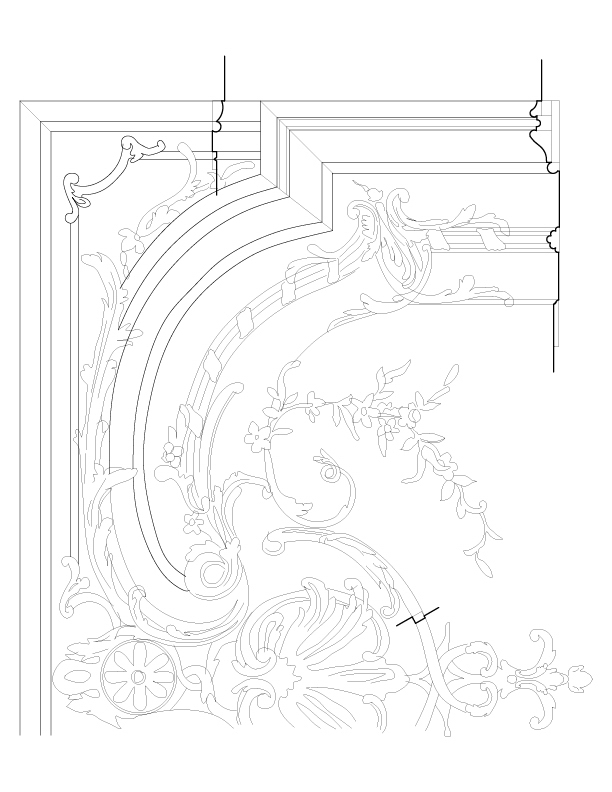
PANELING IN THE HOTEL DE BIRON
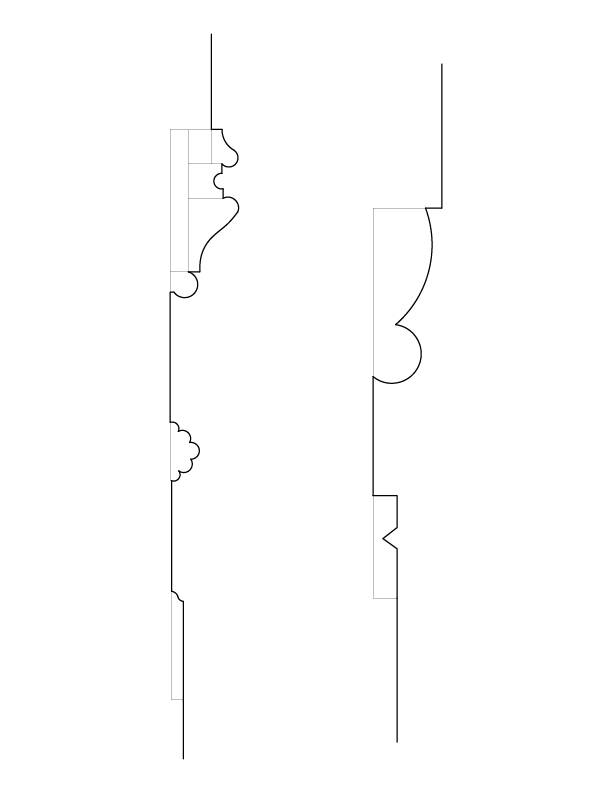
PANELING IN THE HOTEL DE BIRON MOULDINGS
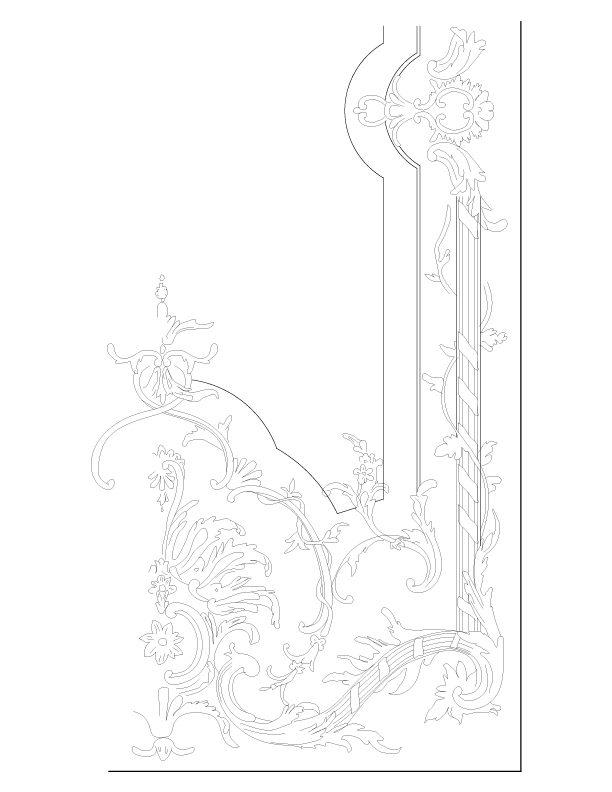
PRINCESS’S BEDROOM IN THE HOTEL DE SOUBISE
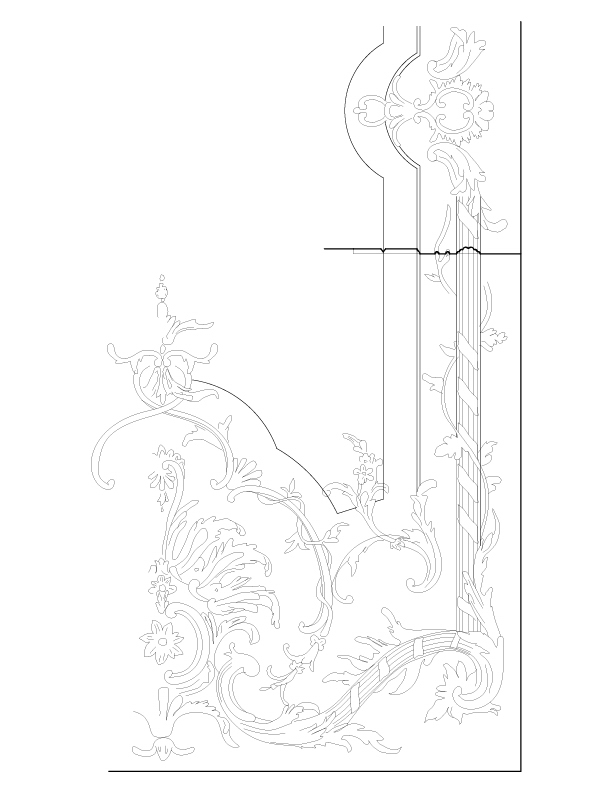
PRINCESS’S BEDROOM IN THE HOTEL DE SOUBISE
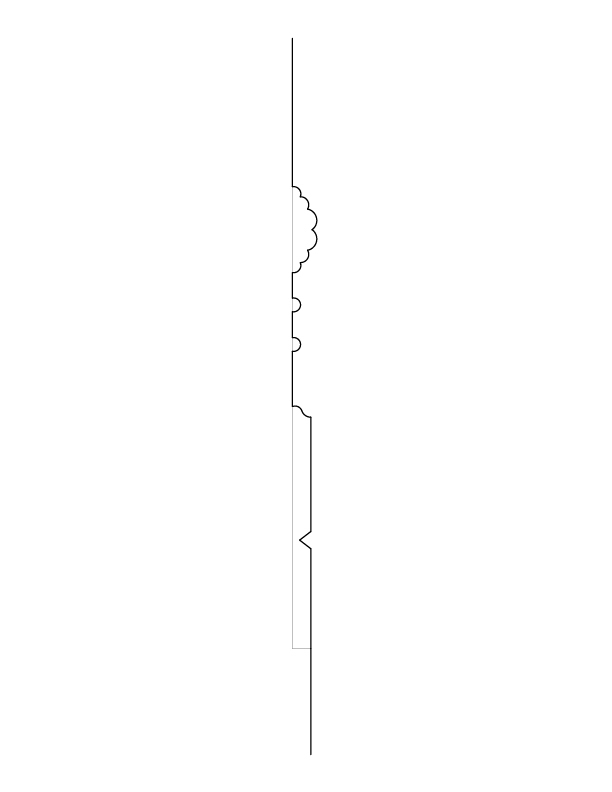
PRINCESS’S BEDROOM IN THE HOTEL DE SOUBISE MOULDINGS
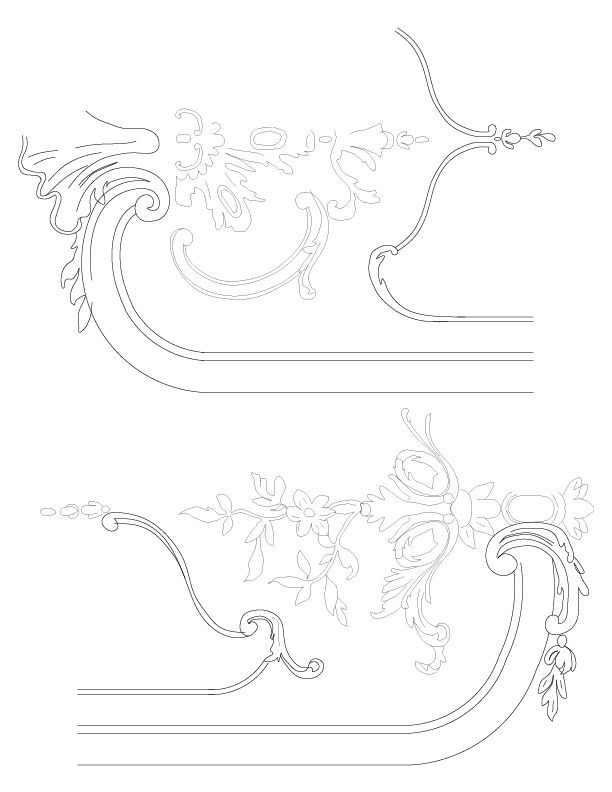
PANELING FROM THE HOTEL BRULART DE GENLIS

PANELING FROM THE HOTEL BRULART DE GENLIS
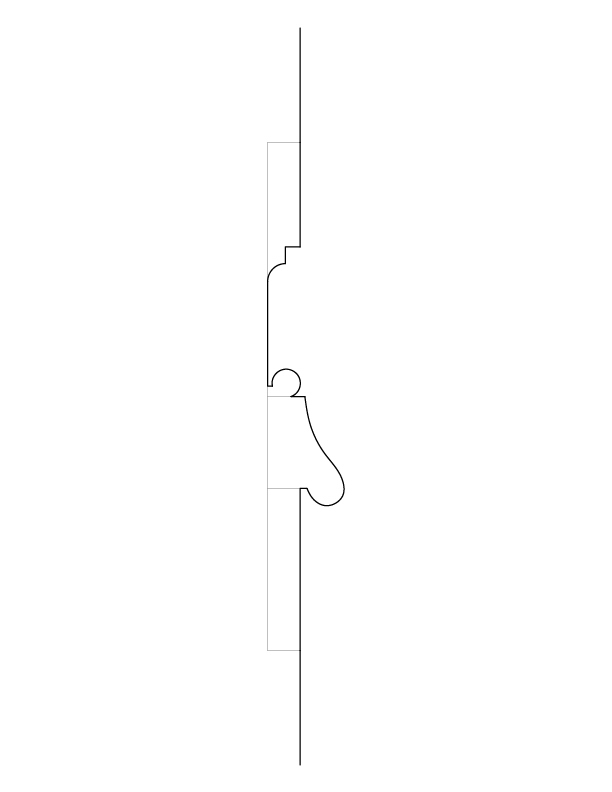
PANELING FROM THE HOTEL BRULART DE GENLIS MOULDINGS

DOOR AT NO. 12, RUE JEANNE D’ARC, VAUCOULEURS
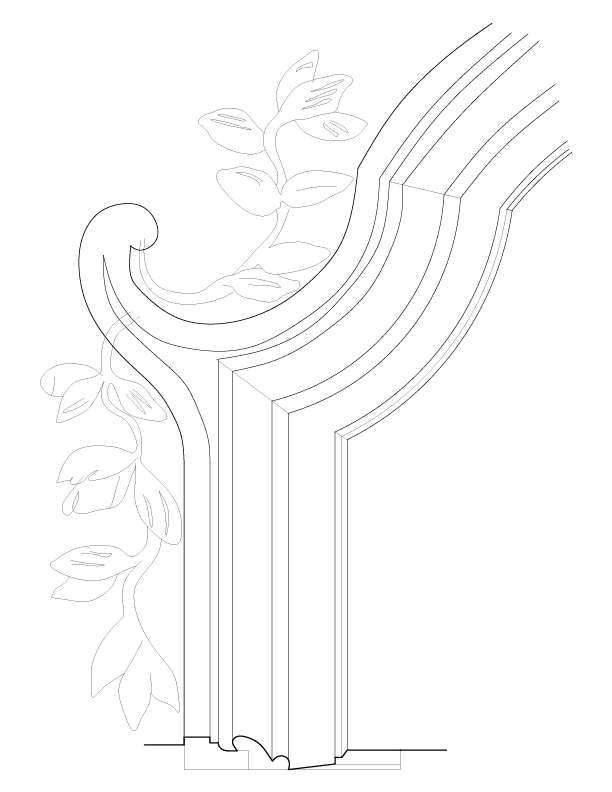
DOOR AT NO. 12, RUE JEANNE D’ARC, VAUCOULEURS
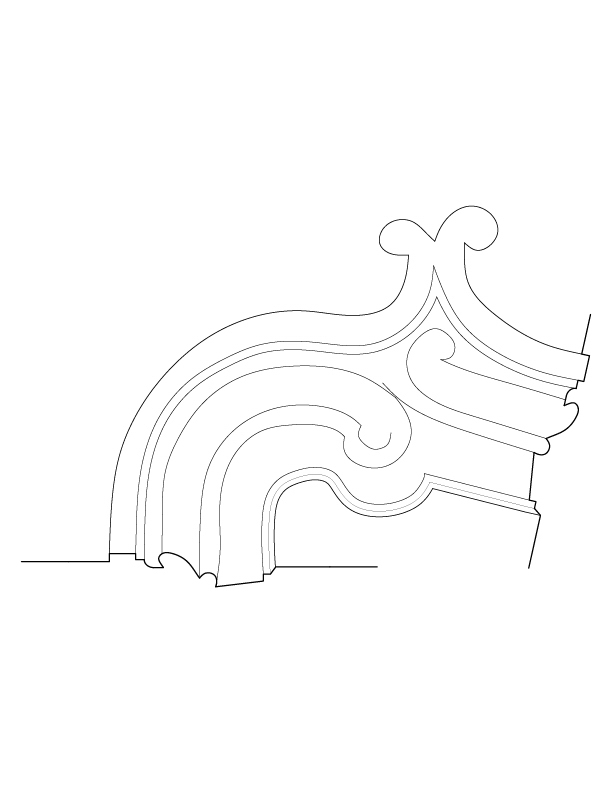
DOOR AT NO. 12, RUE JEANNE D’ARC, VAUCOULEURS
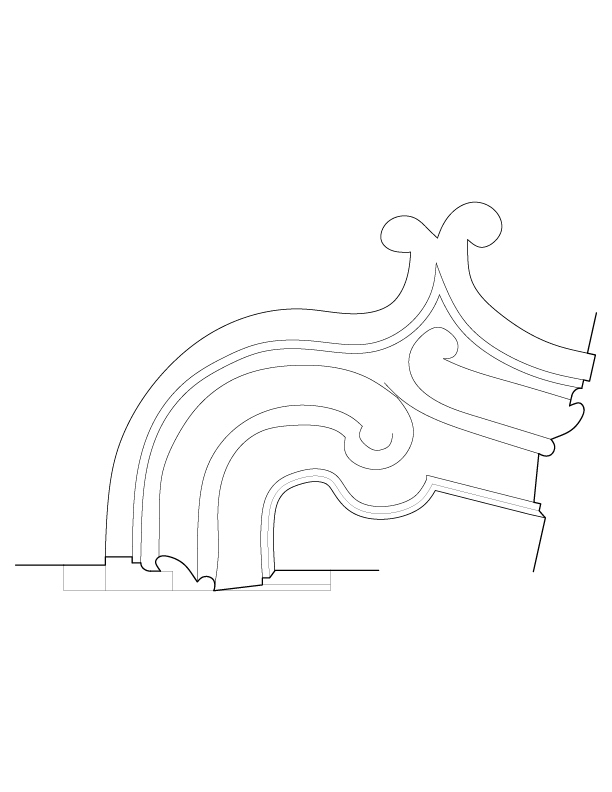
DOOR AT NO. 12, RUE JEANNE D’ARC, VAUCOULEURS
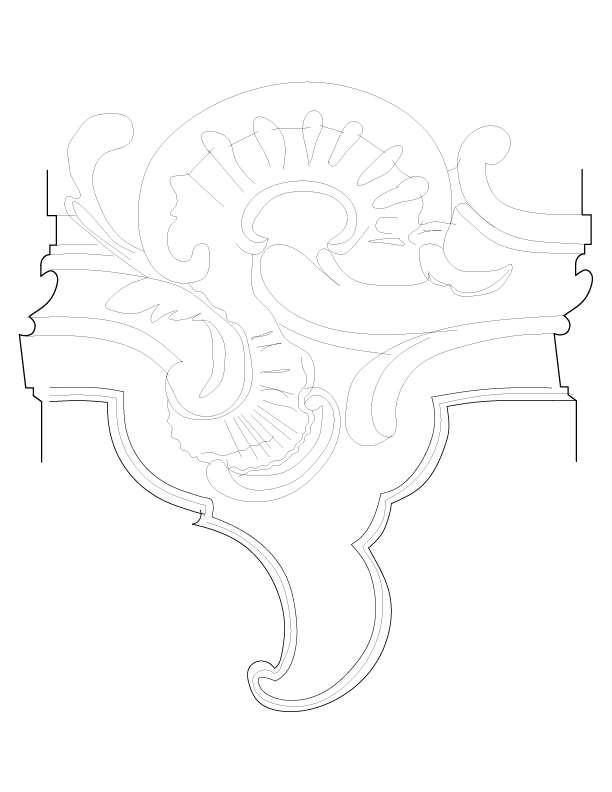
DOOR AT NO. 12, RUE JEANNE D’ARC, VAUCOULEURS
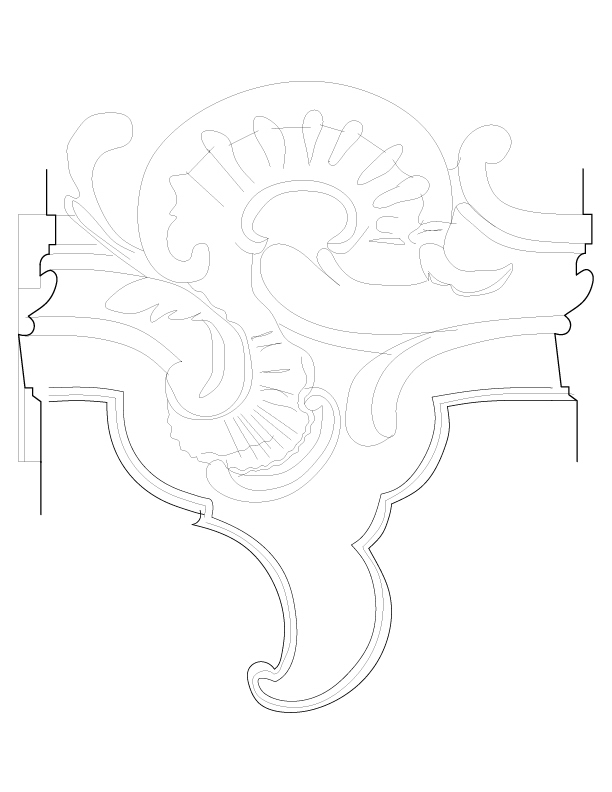
DOOR AT NO. 12, RUE JEANNE D’ARC, VAUCOULEURS
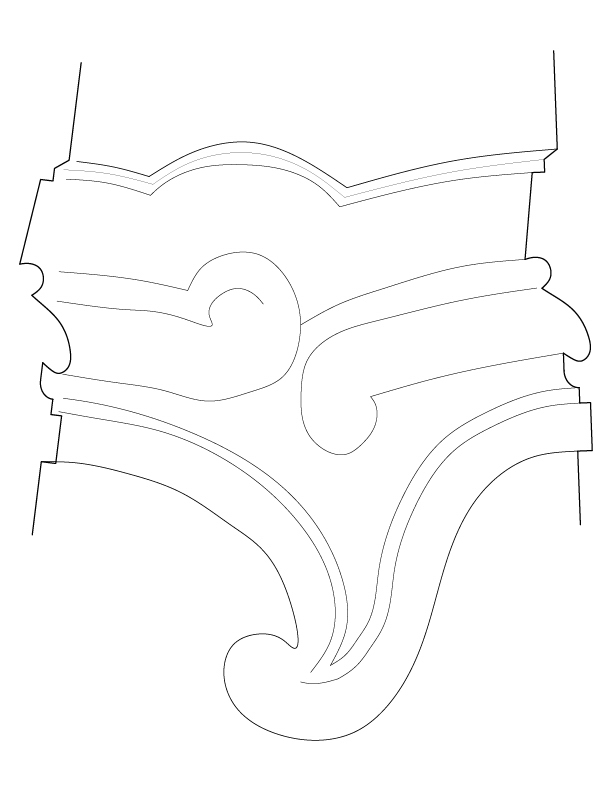
DOOR AT NO. 12, RUE JEANNE D’ARC, VAUCOULEURS

DOOR AT NO. 12, RUE JEANNE D’ARC, VAUCOULEURS
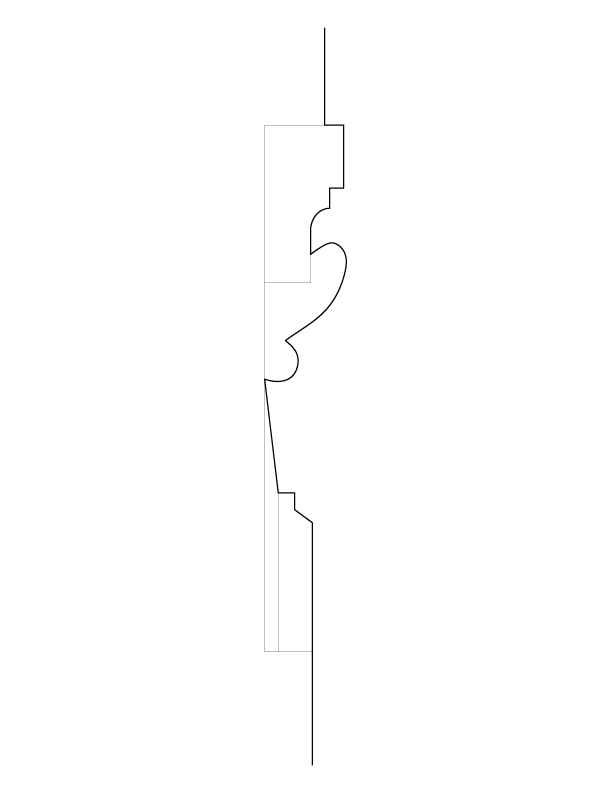
DOOR AT NO. 12, RUE JEANNE D’ARC, VAUCOULEURS MOULDINGS
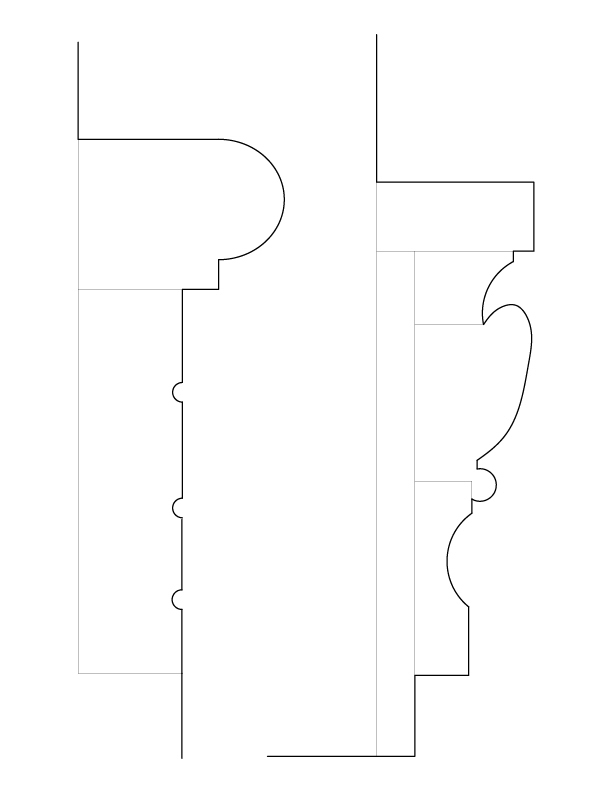
DOOR AT NO. 12, RUE JEANNE D’ARC, VAUCOULEURS MOULDINGS
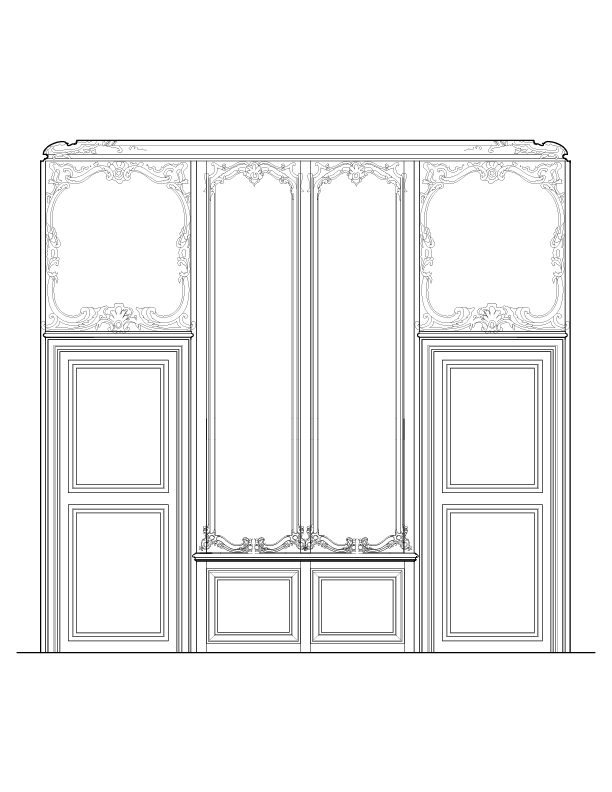
PANELING IN THE ARSENAL, RUE DE SULLY, PARIS
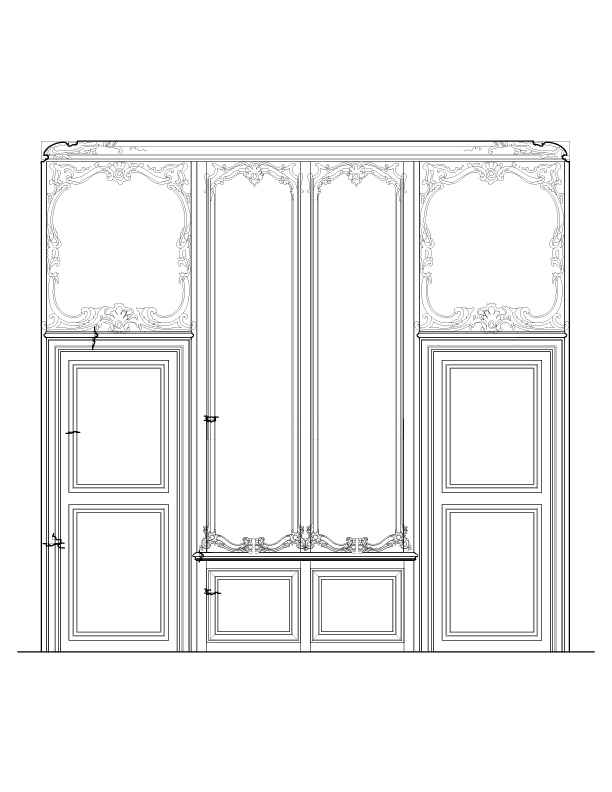
PANELING IN THE ARSENAL, RUE DE SULLY, PARIS
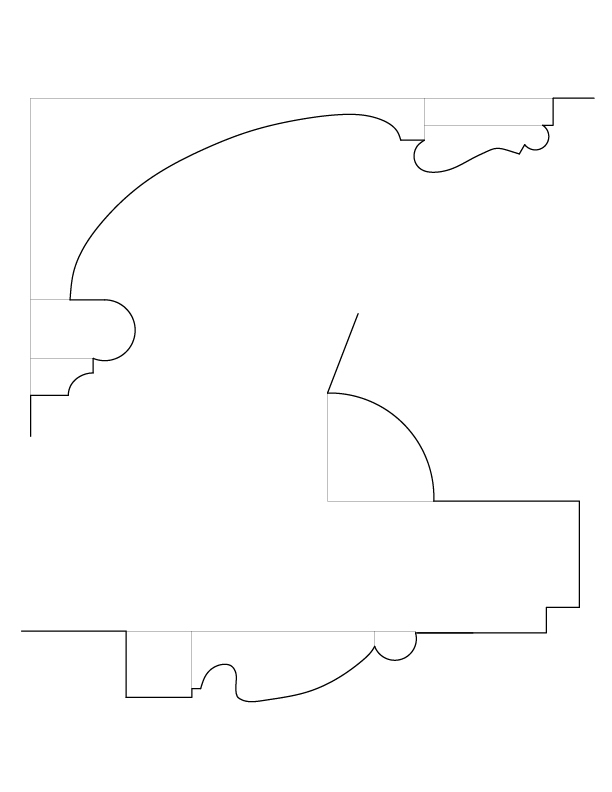
PANELING IN THE ARSENAL, RUE DE SULLY, PARIS MOULDINGS
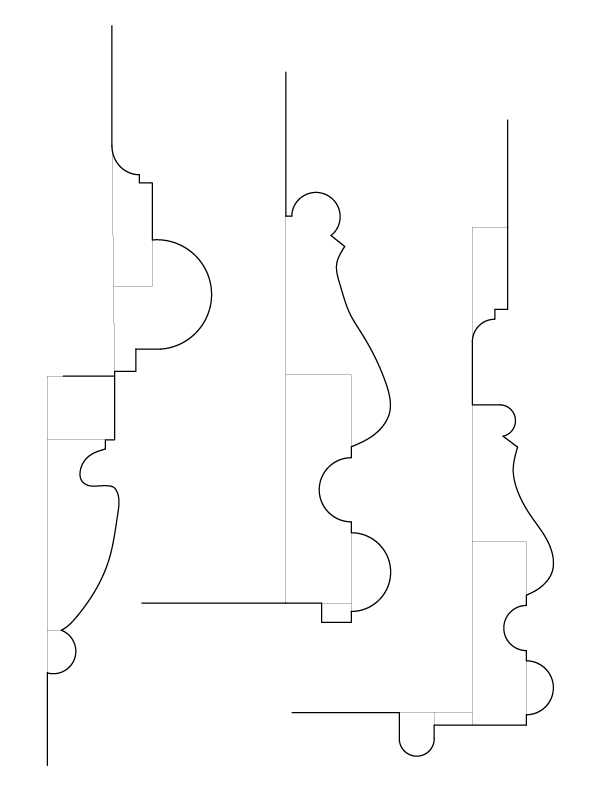
PANELING IN THE ARSENAL, RUE DE SULLY, PARIS MOULDINGS
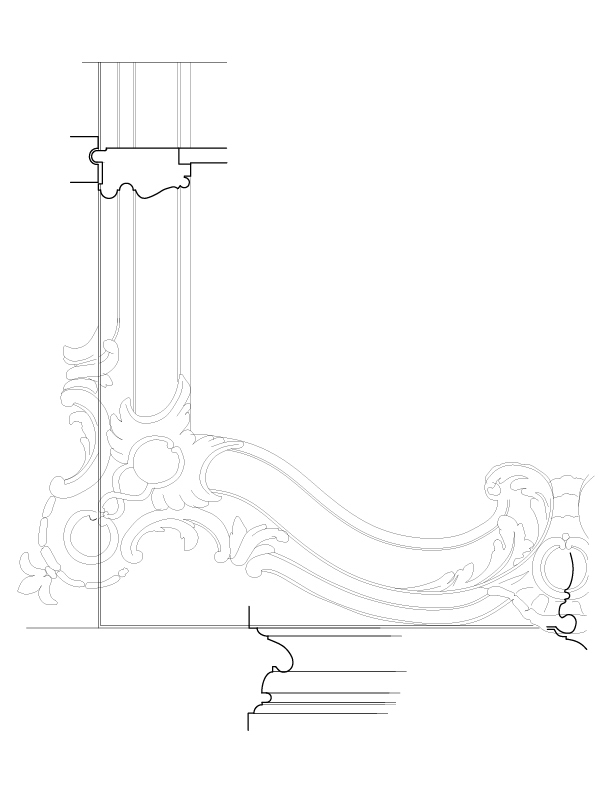
PANELING IN THE ARSENAL, RUE DE SULLY, PARIS

PANELING IN THE ARSENAL, RUE DE SULLY, PARIS
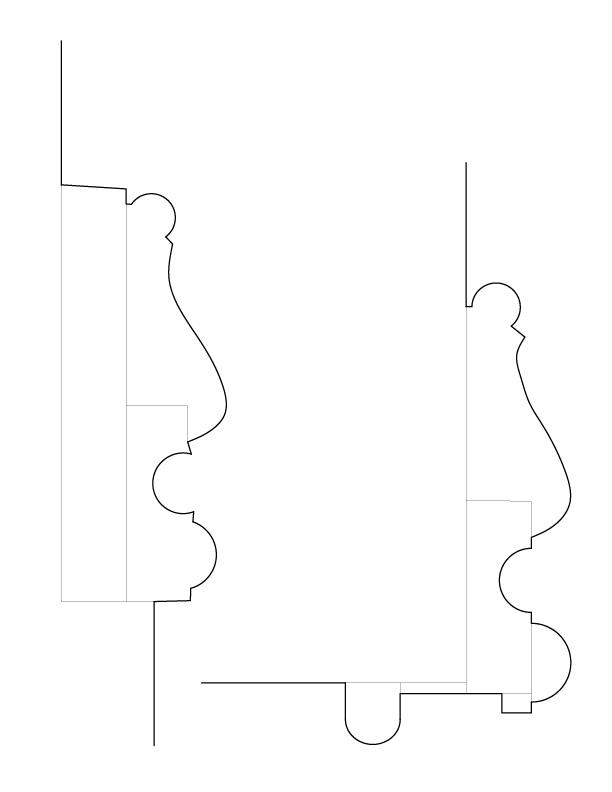
PANELING IN THE ARSENAL, RUE DE SULLY, PARIS MOULDINGS
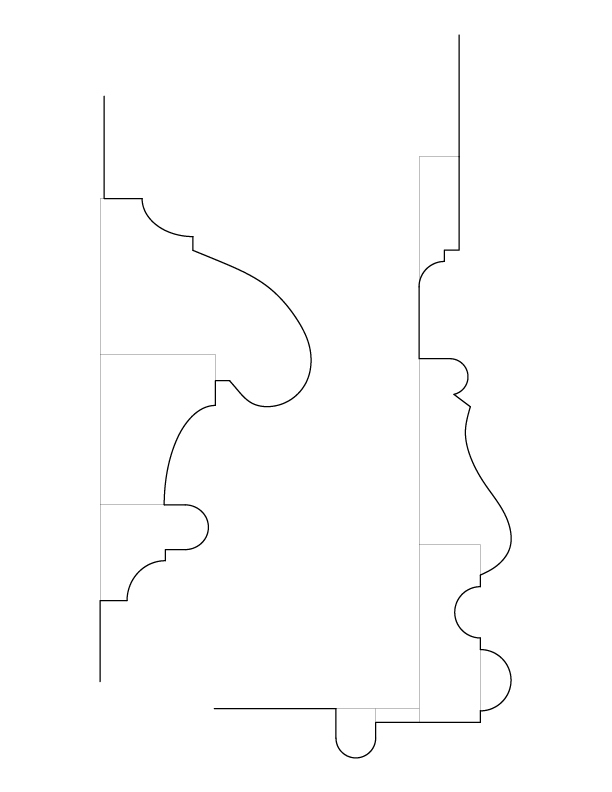
PANELING IN THE ARSENAL, RUE DE SULLY, PARIS MOULDINGS
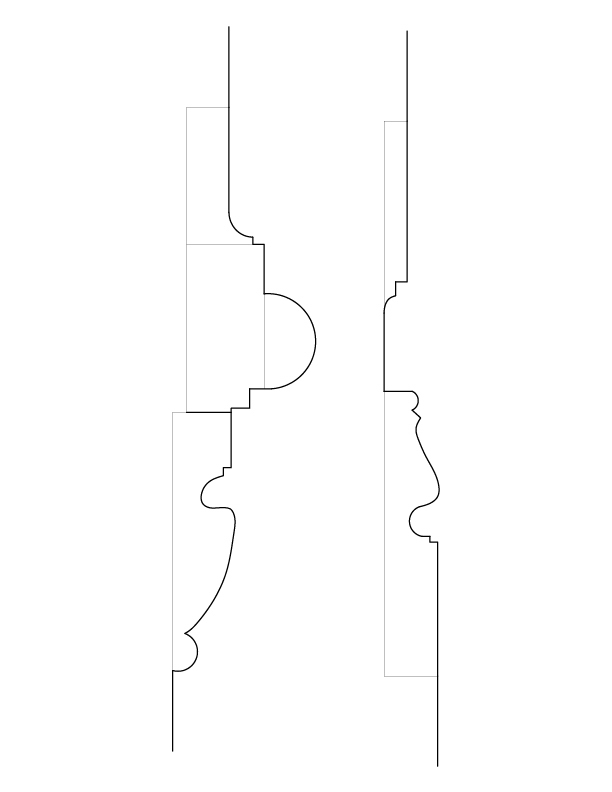
PANELING IN THE ARSENAL, RUE DE SULLY, PARIS MOULDINGS
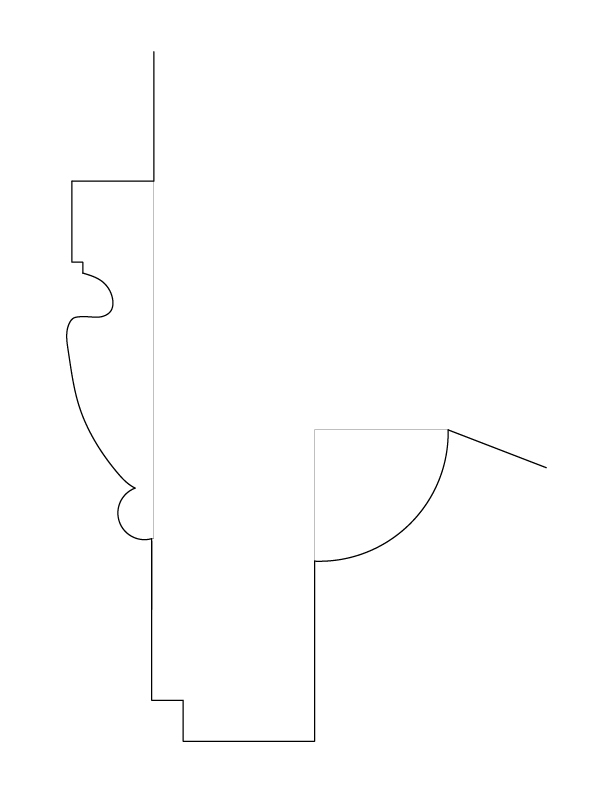
PANELING IN THE ARSENAL, RUE DE SULLY, PARIS MOULDINGS
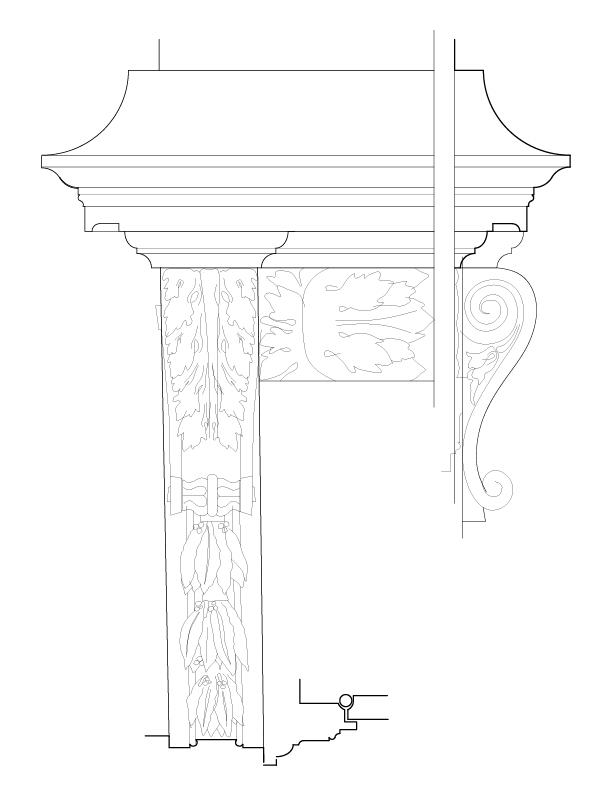
DOORS IN FORMER DINING ROOM OF HOTEL DE CHATELET
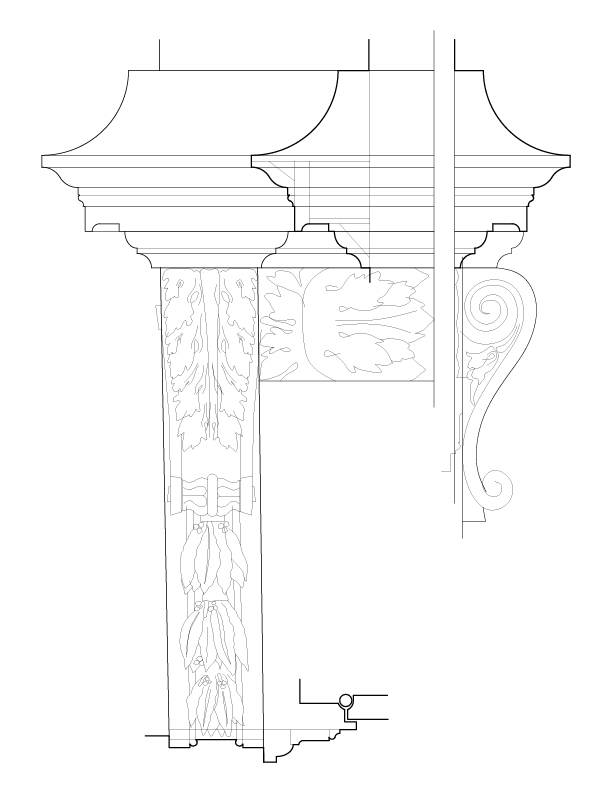
DOORS IN FORMER DINING ROOM OF HOTEL DE CHATELET
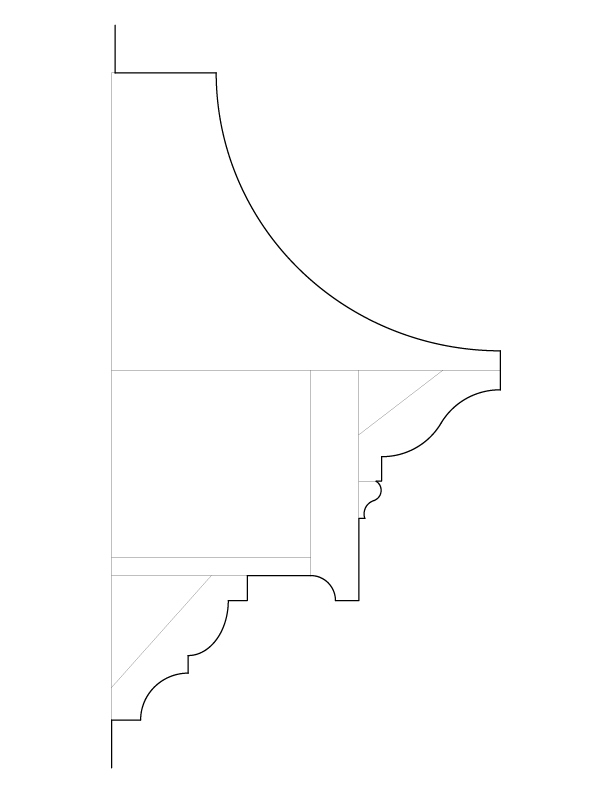
DOORS IN FORMER DINING ROOM OF HOTEL DE CHATELET MOULDINGS

DOORS IN FORMER DINING ROOM OF HOTEL DE CHATELET MOULDINGS
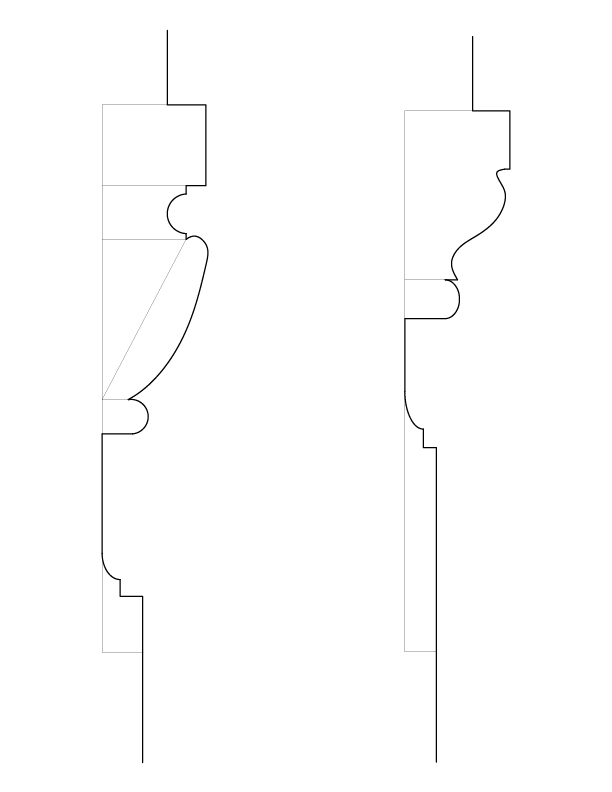
DOORS IN FORMER DINING ROOM OF HOTEL DE CHATELET MOULDINGS
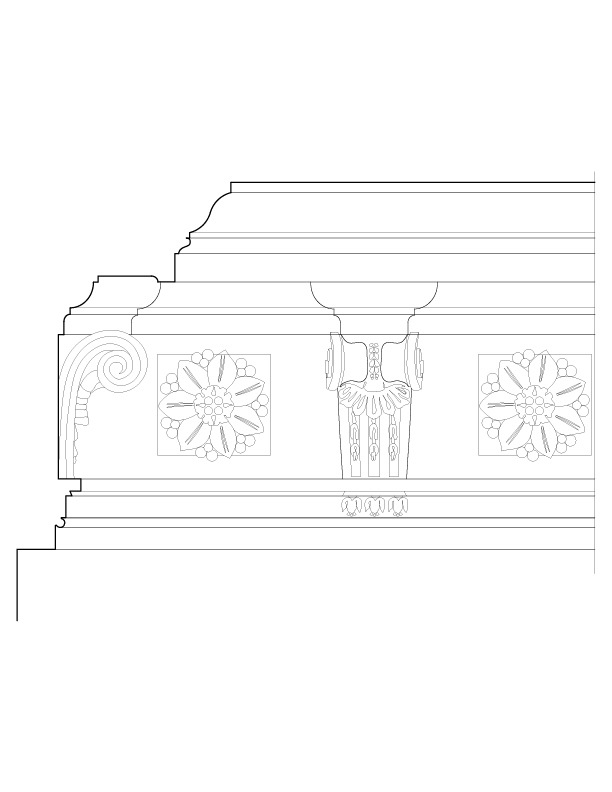
DOORS IN FORMER DINING ROOM OF HOTEL DE CHATELET
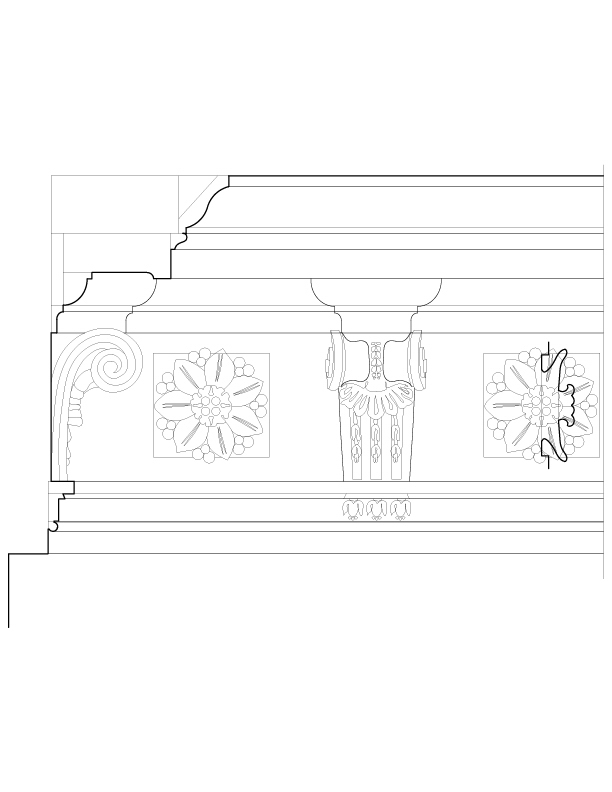
DOORS IN FORMER DINING ROOM OF HOTEL DE CHATELET
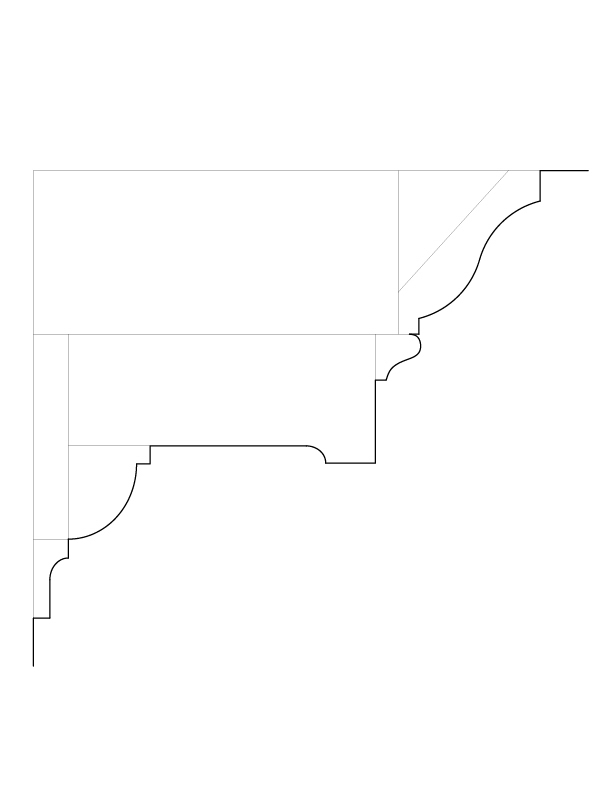
DOORS IN FORMER DINING ROOM OF HOTEL DE CHATELET MOULDINGS
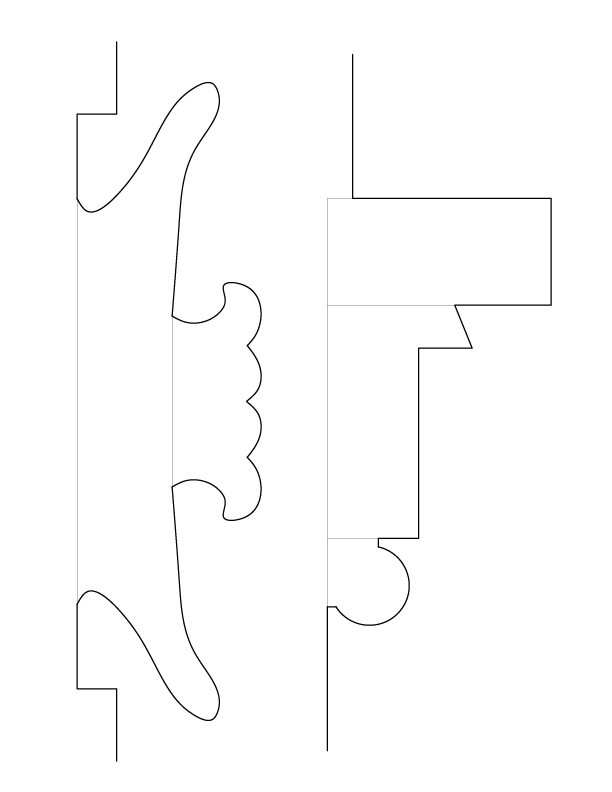
DOORS IN FORMER DINING ROOM OF HOTEL DE CHATELET MOULDINGS
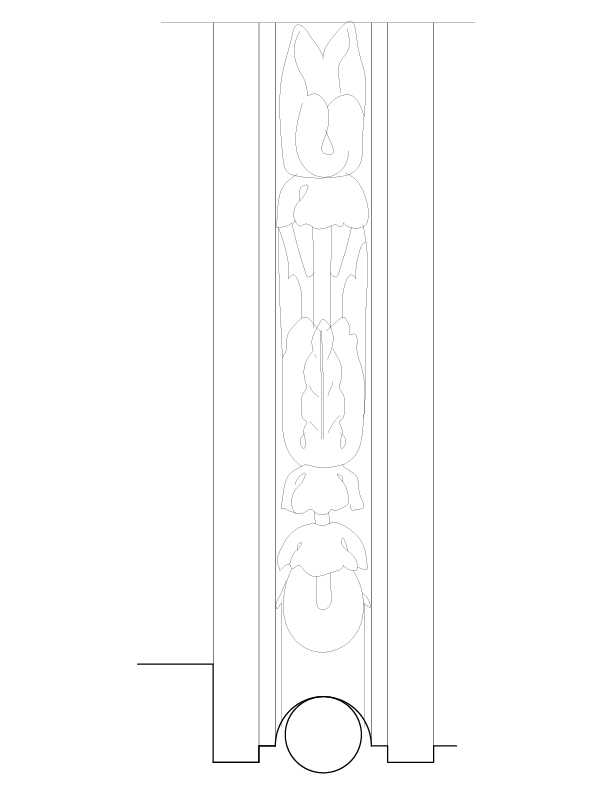
DOORS IN FORMER DINING ROOM OF HOTEL DE CHATELET

DOORS IN FORMER DINING ROOM OF HOTEL DE CHATELET MOULDINGS

PANELING FROM THE CHATEAU DE CONFLANS
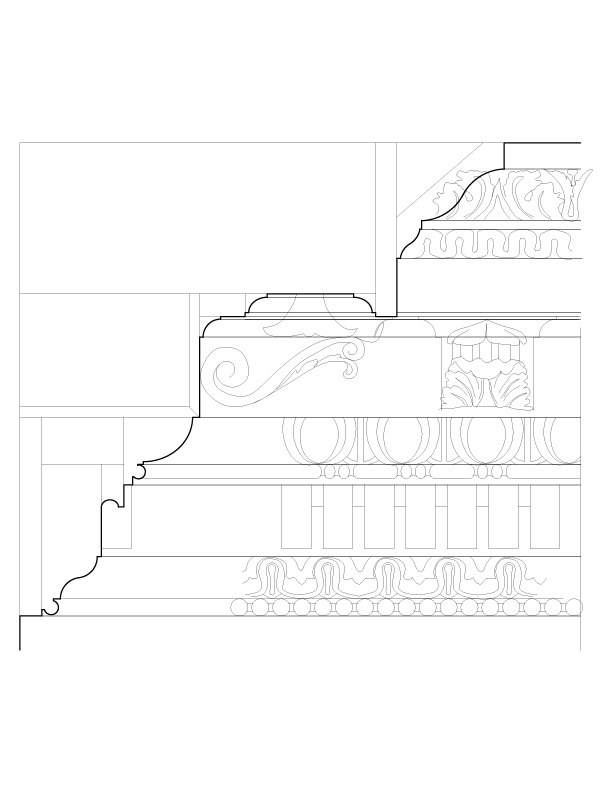
PANELING FROM THE CHATEAU DE CONFLANS
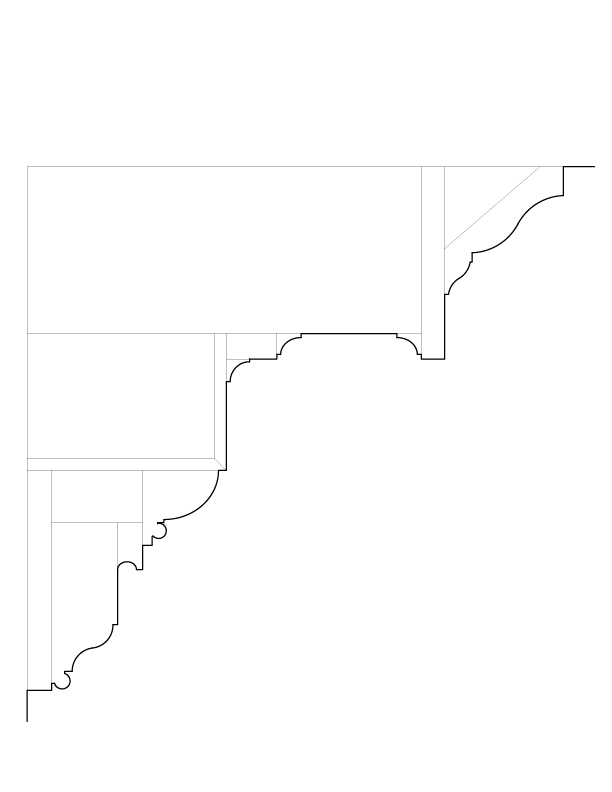
PANELING FROM THE CHATEAU DE CONFLANS MOULDINGS
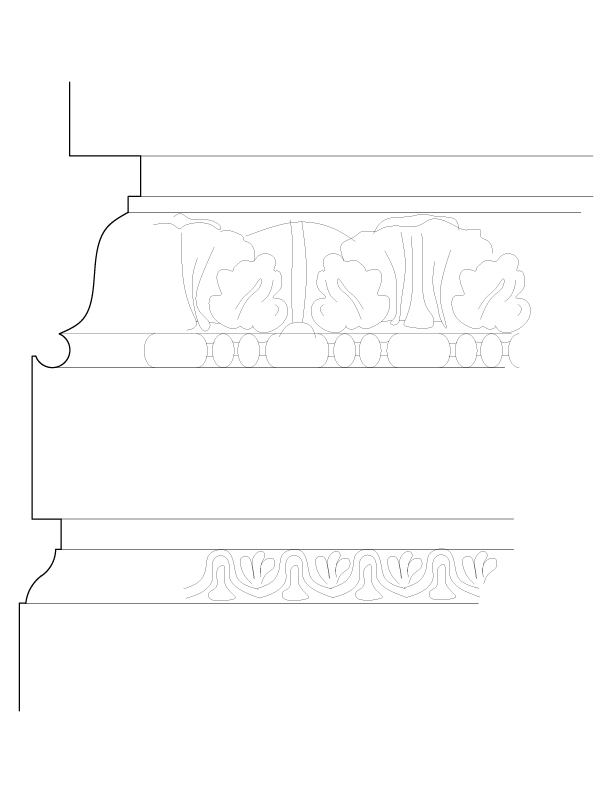
PANELING FROM THE CHATEAU DE CONFLANS
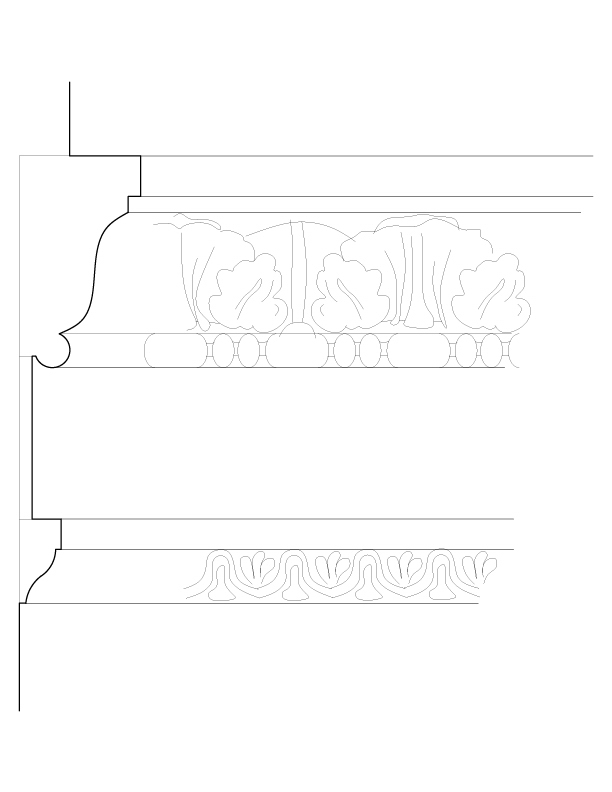
PANELING FROM THE CHATEAU DE CONFLANS

PANELING FROM THE CHATEAU DE CONFLANS MOULDINGS
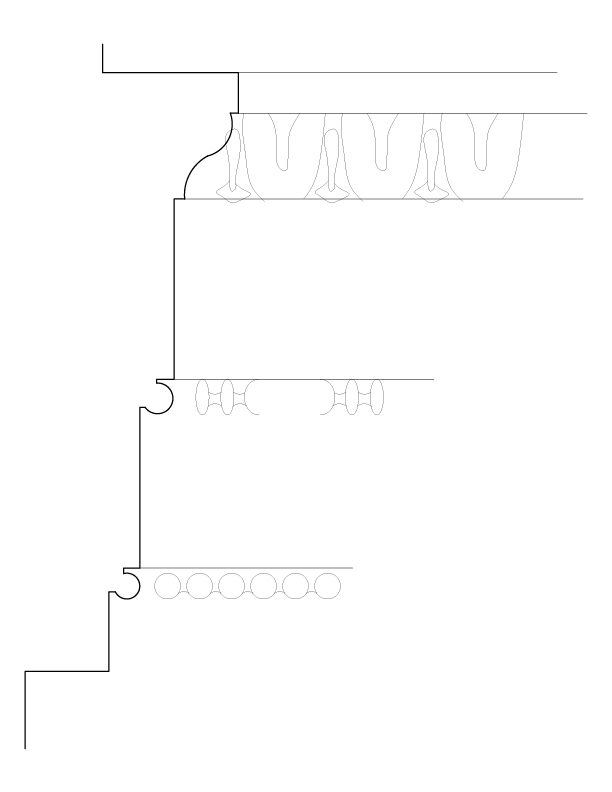
PANELING FROM THE CHATEAU DE CONFLANS
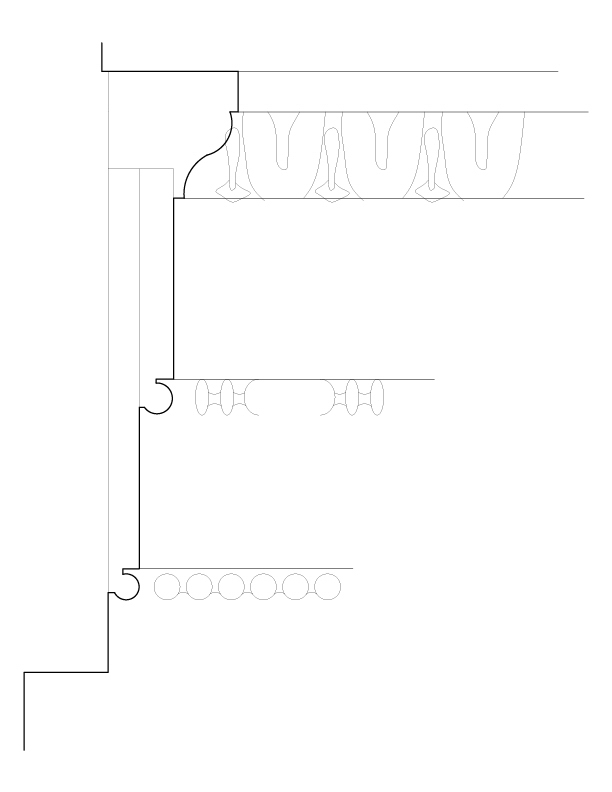
PANELING FROM THE CHATEAU DE CONFLANS
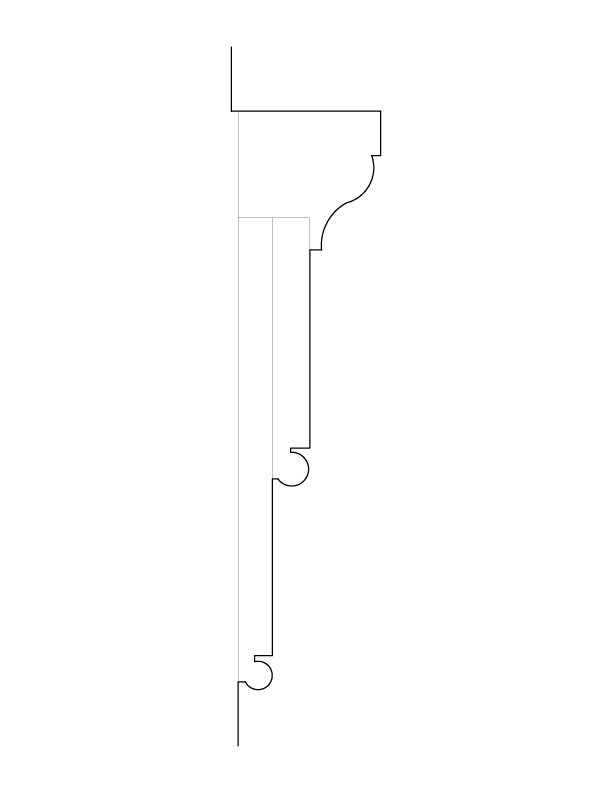
PANELING FROM THE CHATEAU DE CONFLANS MOULDINGS
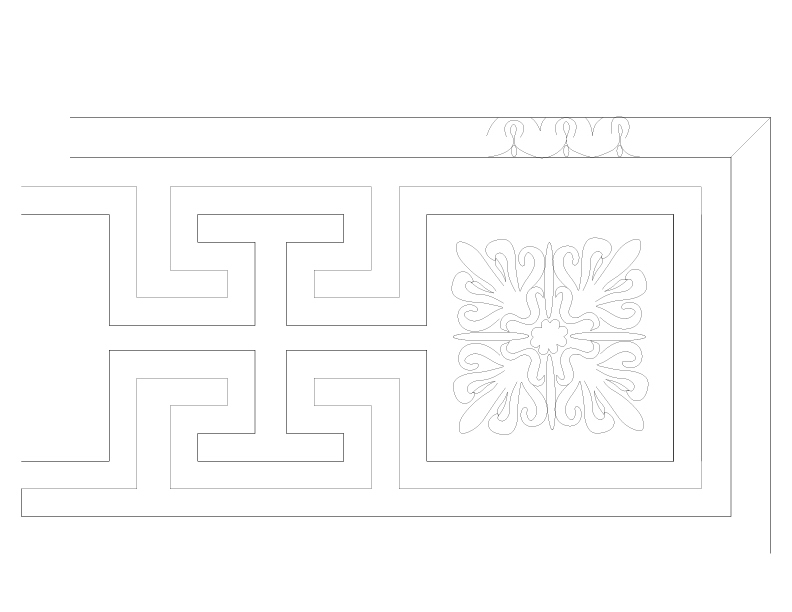
PANELING FROM THE CHATEAU DE CONFLANS
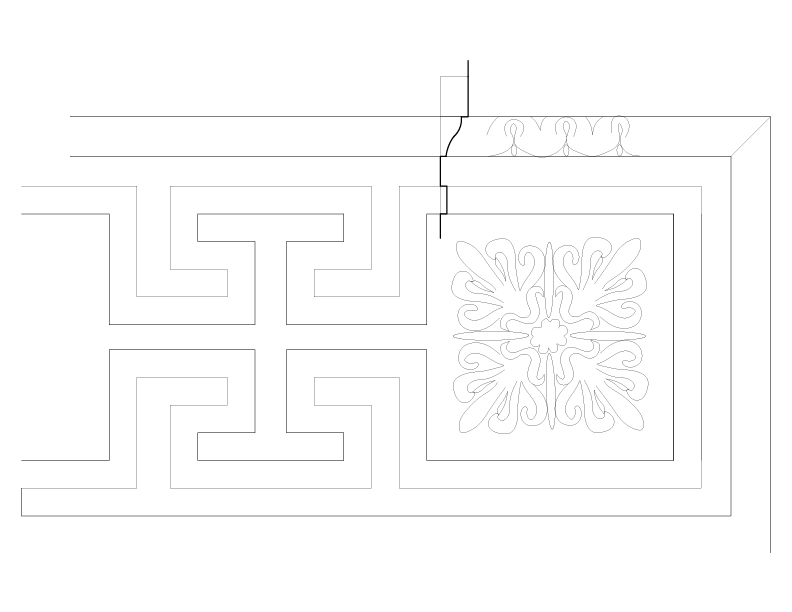
PANELING FROM THE CHATEAU DE CONFLANS

PANELING FROM THE CHATEAU DE CONFLANS MOULDINGS

PANELING FROM THE CHATEAU DE CONFLANS

PANELING FROM THE CHATEAU DE CONFLANS
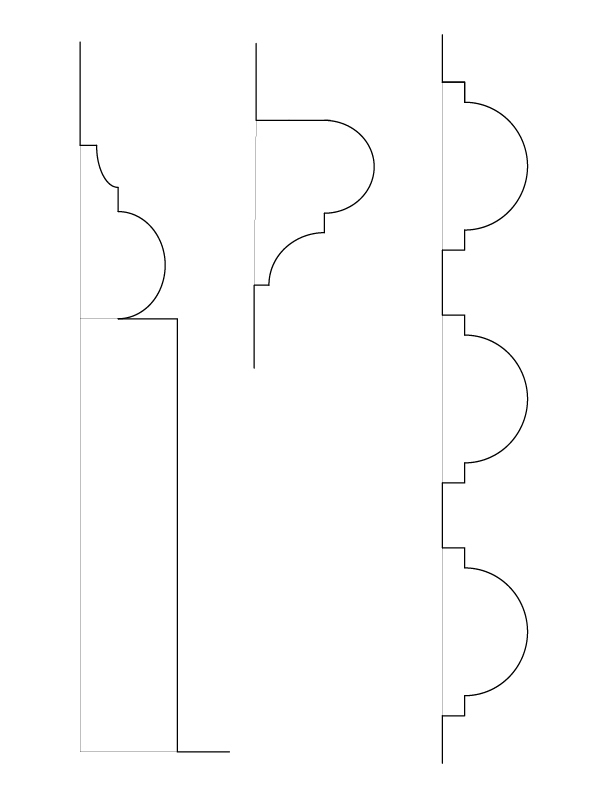
PANELING FROM THE CHATEAU DE CONFLANS MOULDINGS

PANELING FROM THE CHATEAU DE CONFLANS
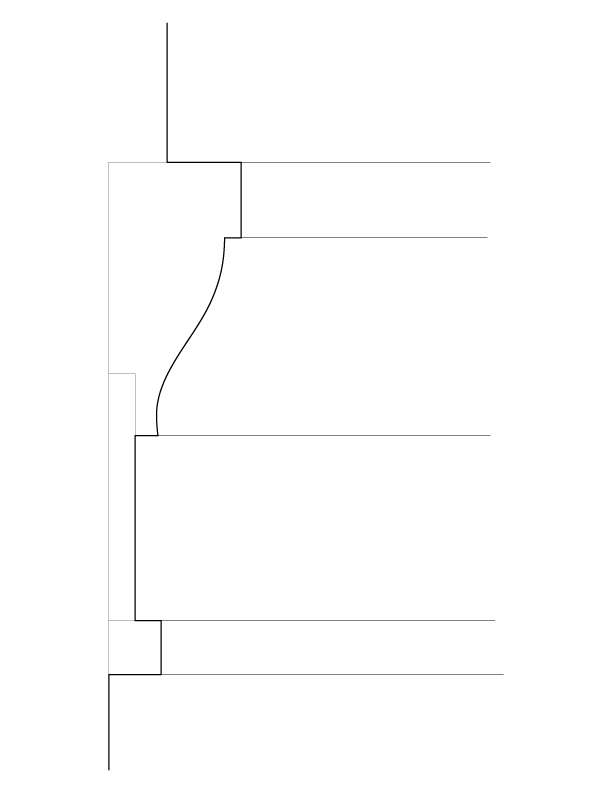
PANELING FROM THE CHATEAU DE CONFLANS
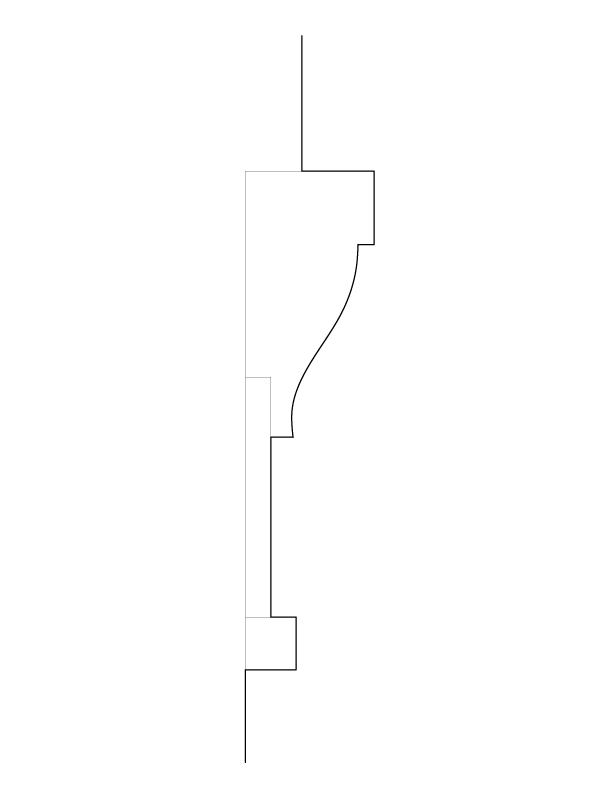
PANELING FROM THE CHATEAU DE CONFLANS MOULDING
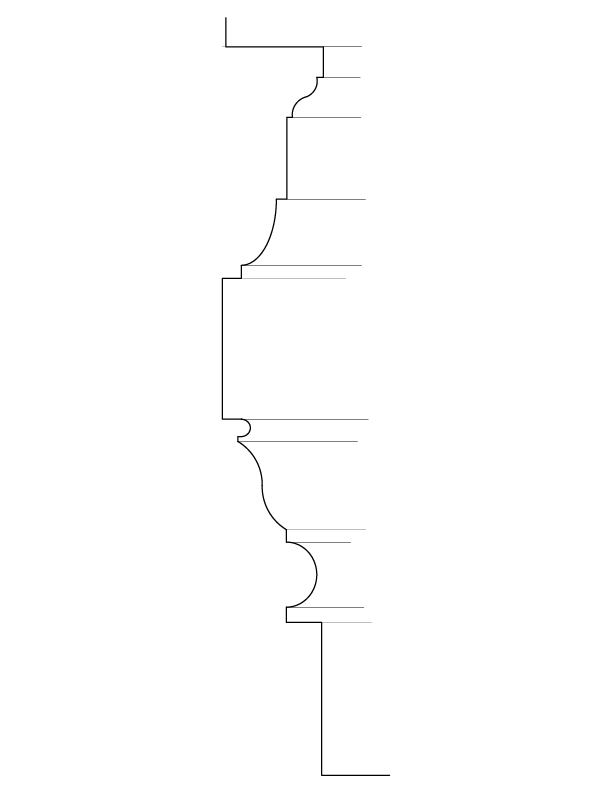
PANELING FROM THE CHATEAU DE CONFLANS
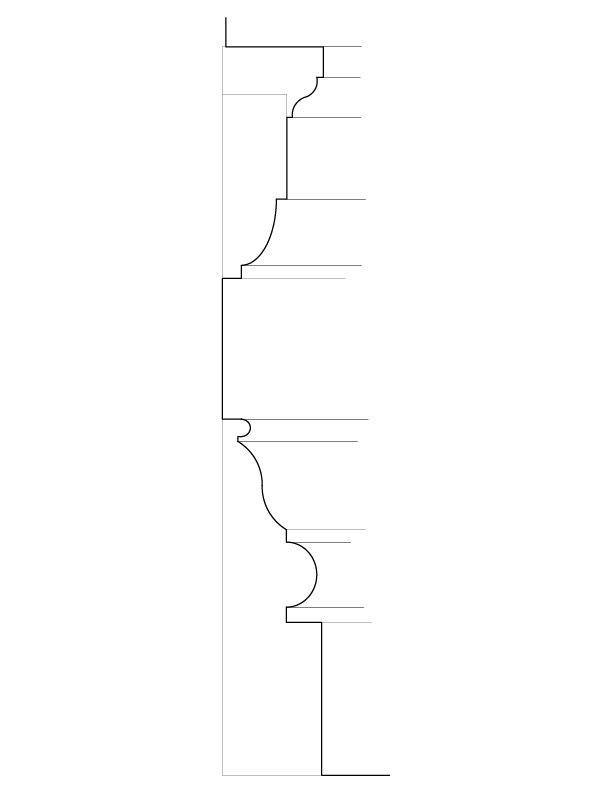
PANELING FROM THE CHATEAU DE CONFLANS

PANELING FROM THE CHATEAU DE CONFLANS MOULDINGS
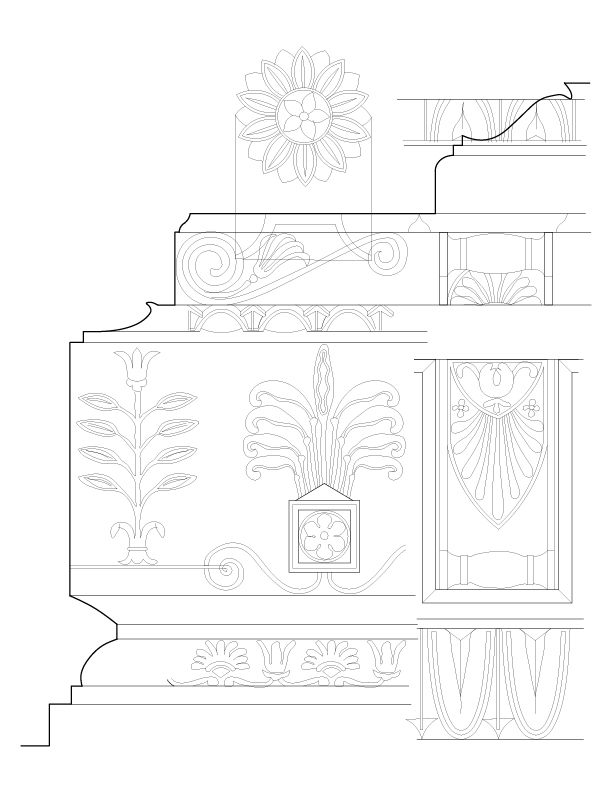
GROUND FLOOR SALON IN THE HOTEL BEAUHARNAIS
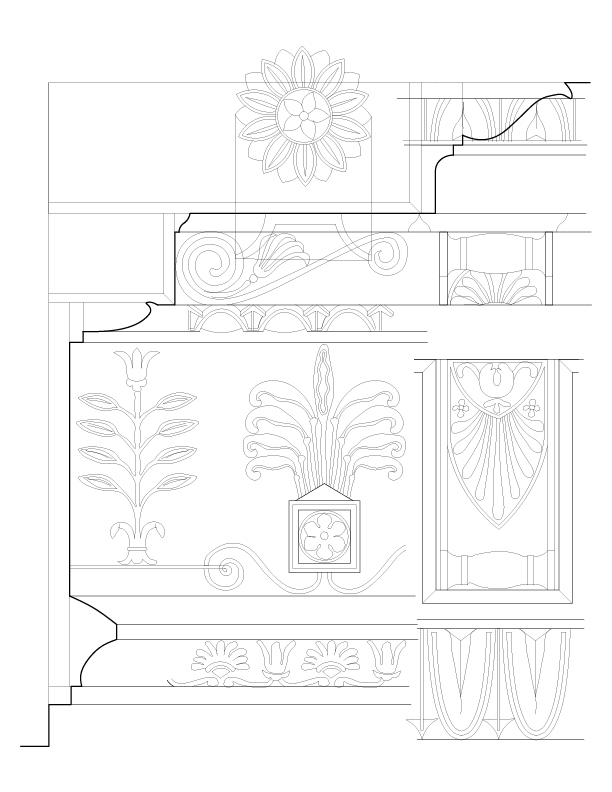
GROUND FLOOR SALON IN THE HOTEL BEAUHARNAIS
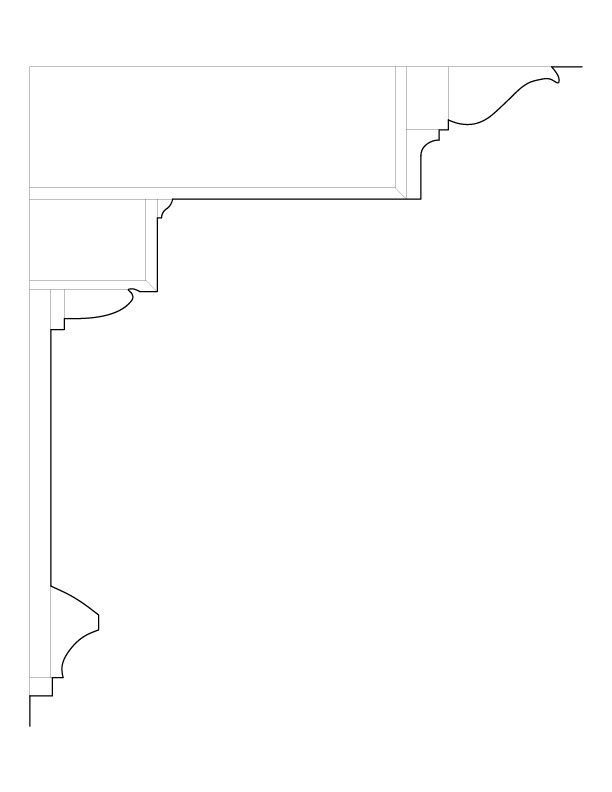
GROUND FLOOR SALON IN THE HOTEL BEAUHARNAIS MOULDINGS
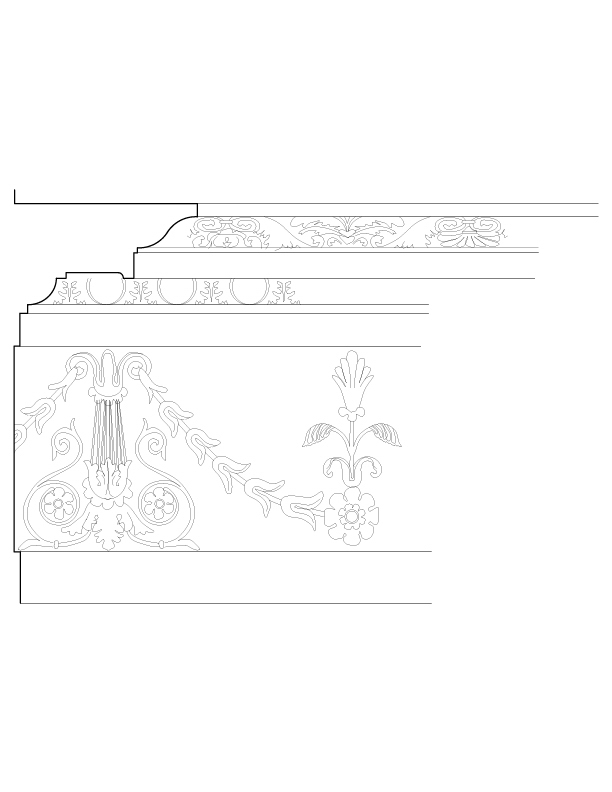
GROUND FLOOR SALON IN THE HOTEL BEAUHARNAIS

GROUND FLOOR SALON IN THE HOTEL BEAUHARNAIS
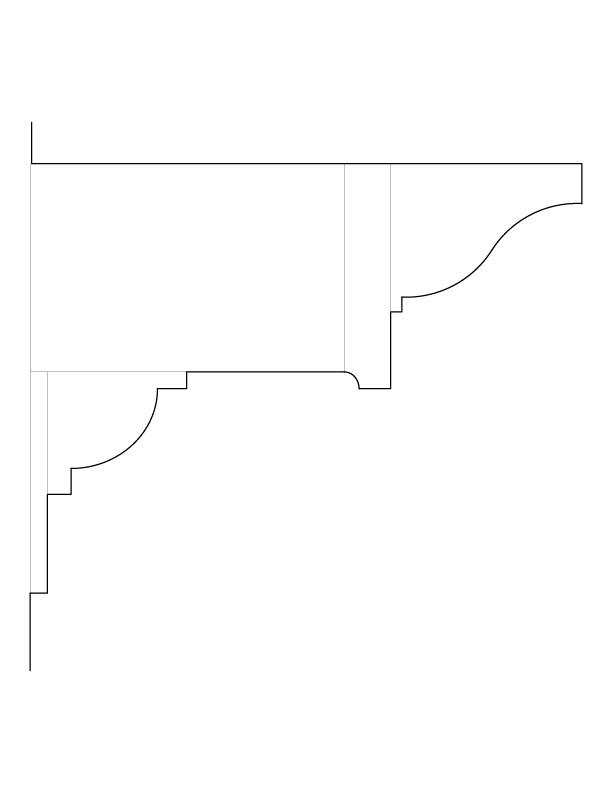
GROUND FLOOR SALON IN THE HOTEL BEAUHARNAIS MOULDINGS
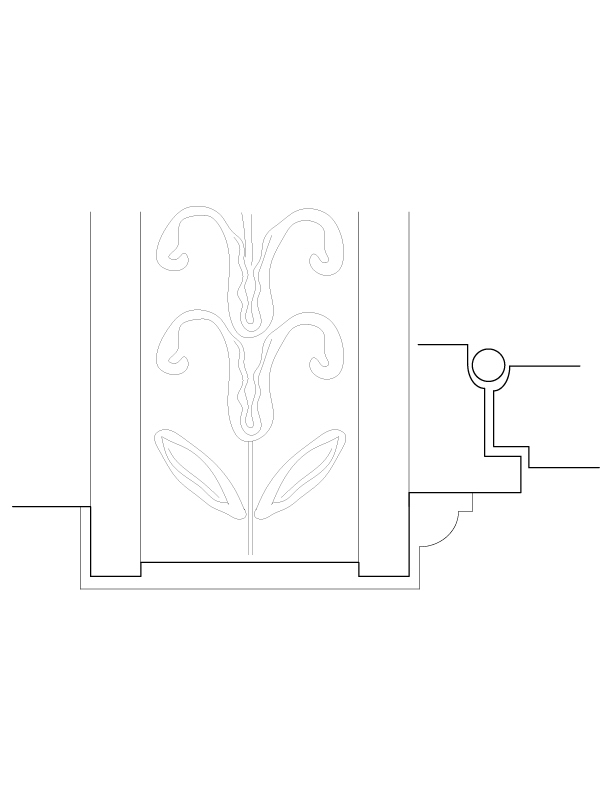
GROUND FLOOR SALON IN THE HOTEL BEAUHARNAIS
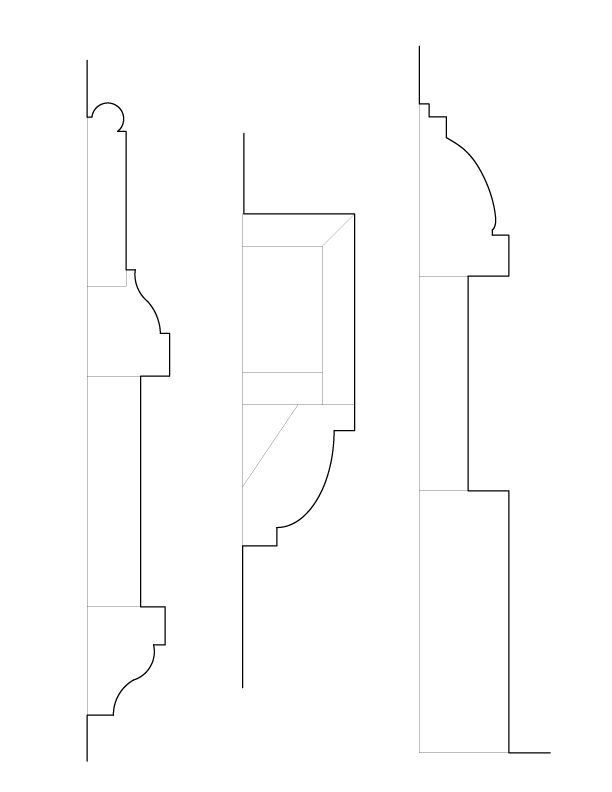
GROUND FLOOR SALON IN THE HOTEL BEAUHARNAIS MOULDINGS









































































































